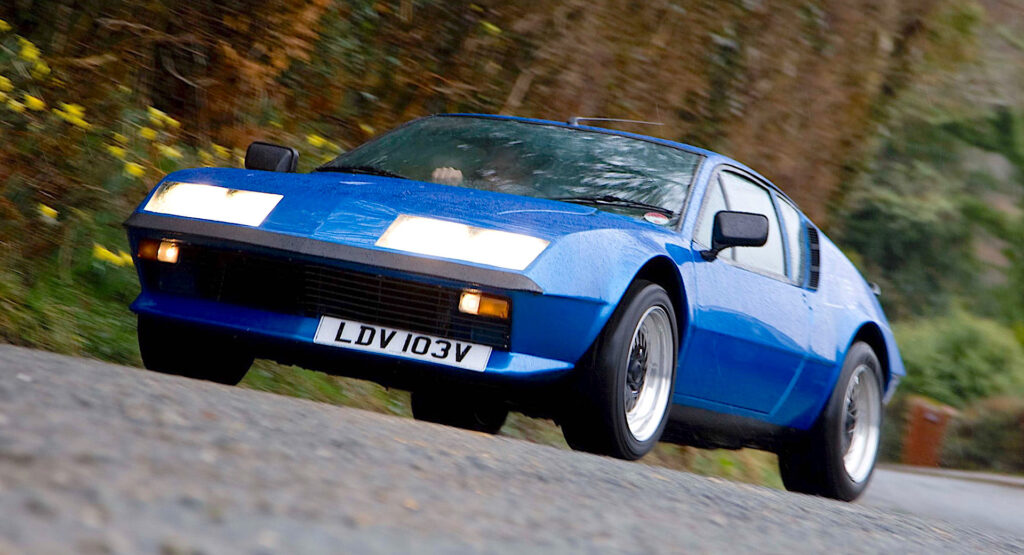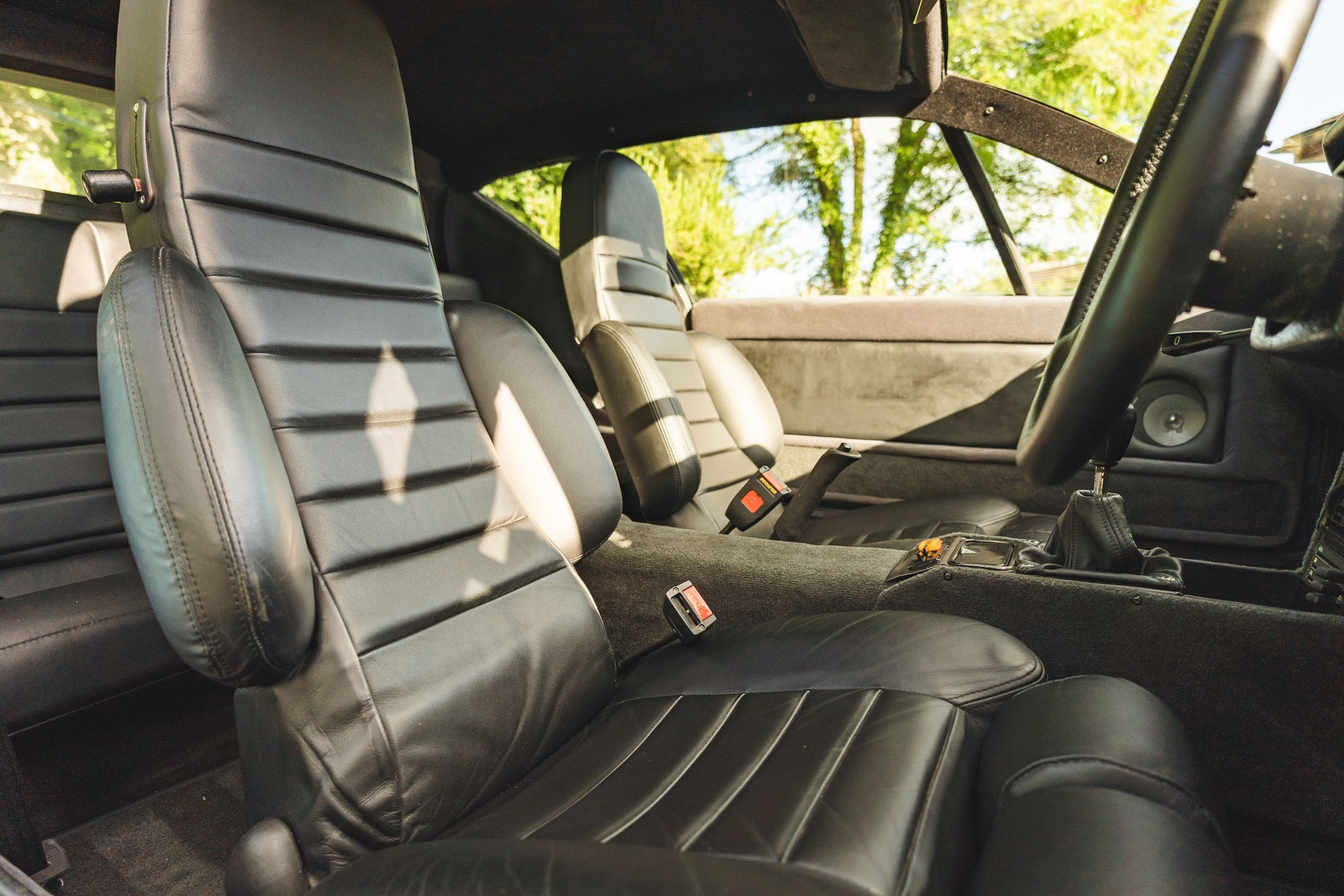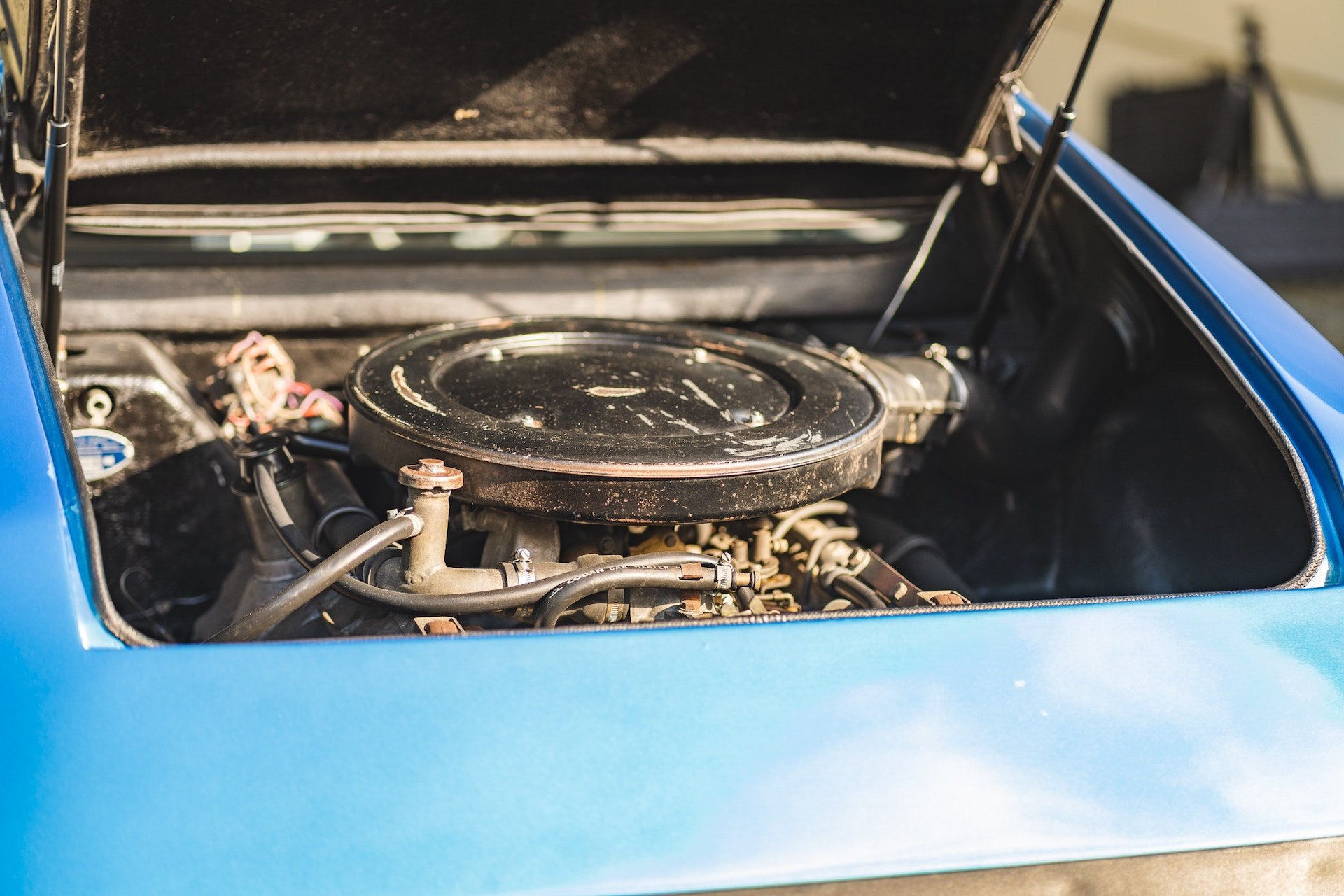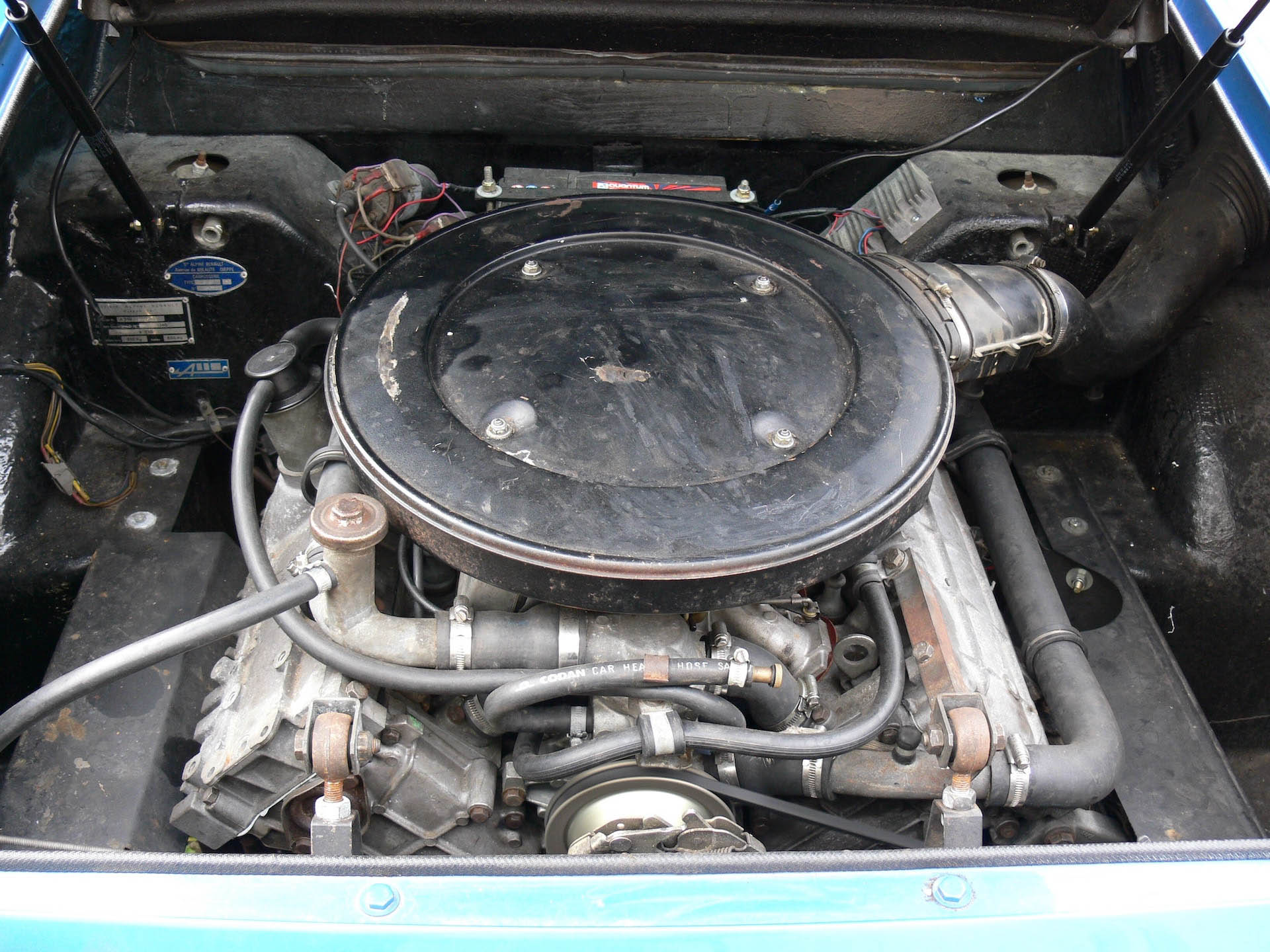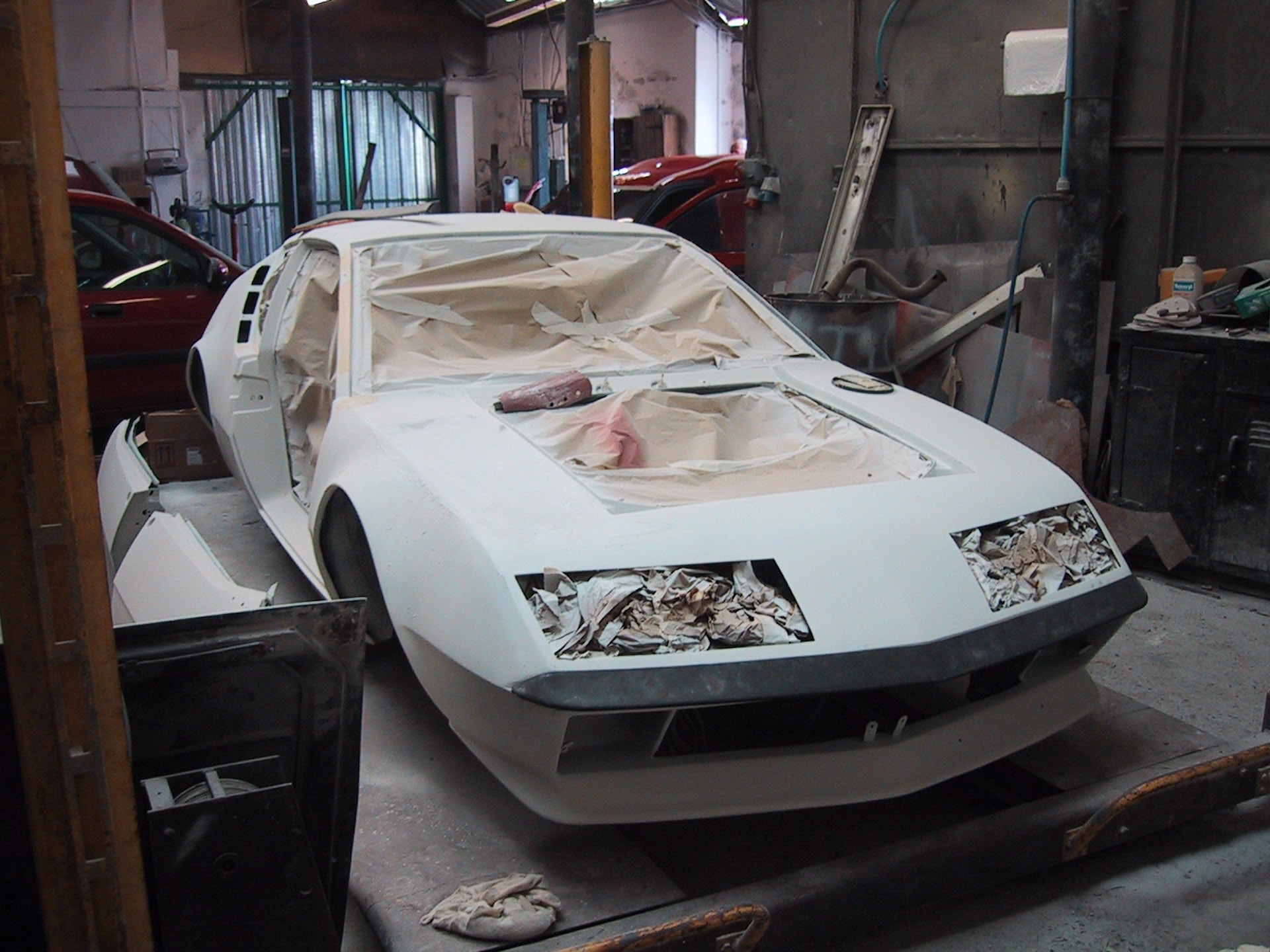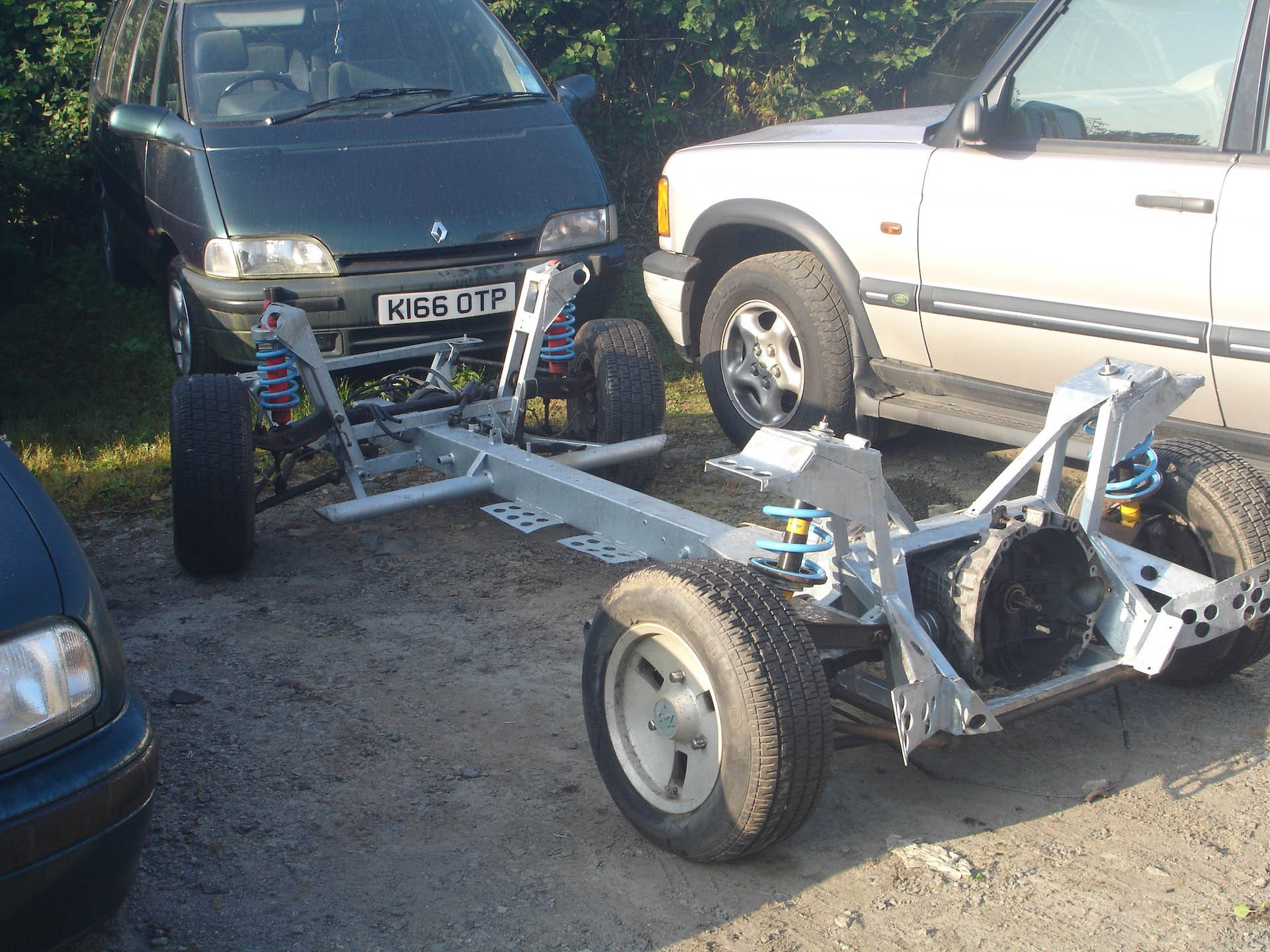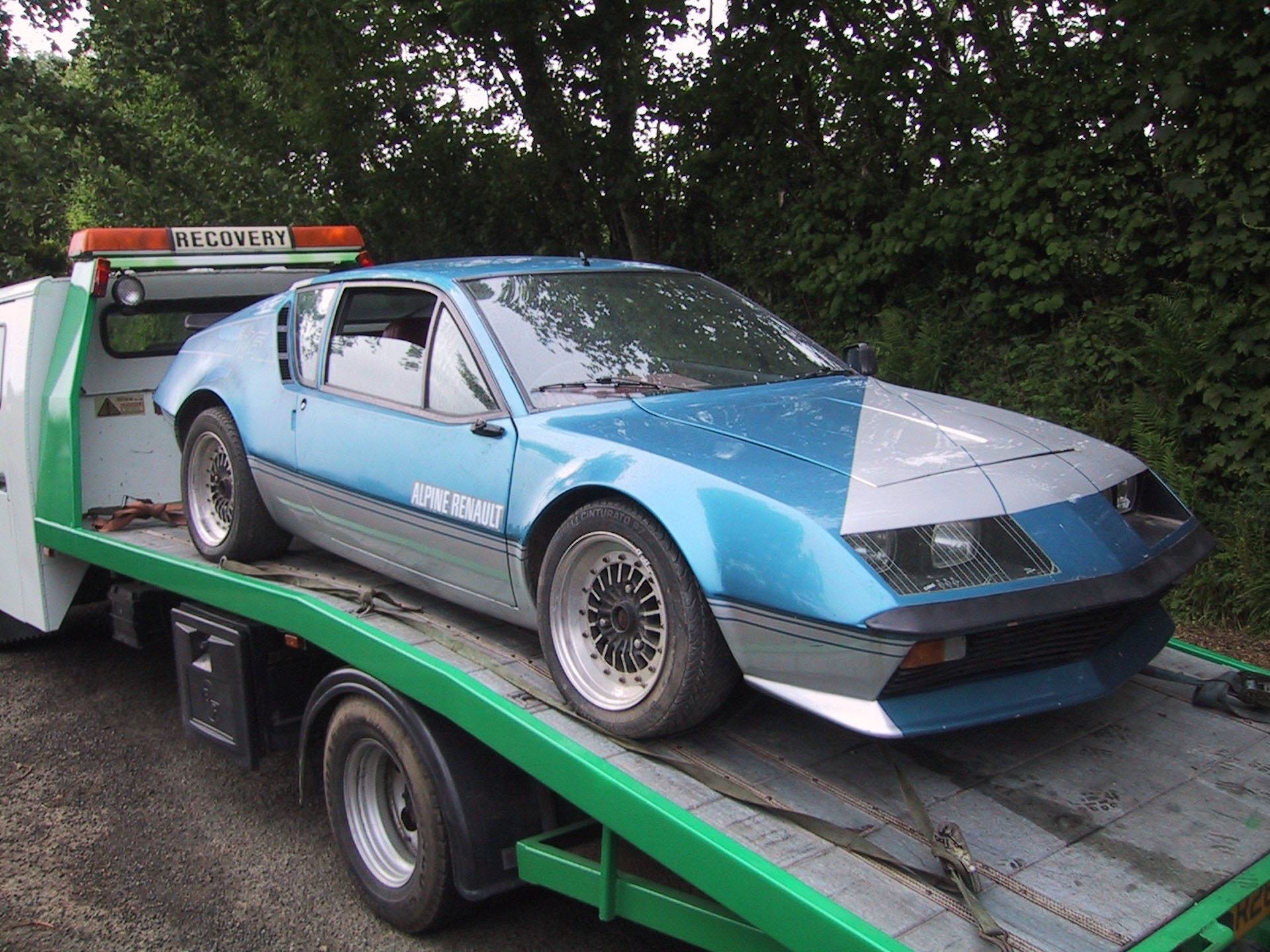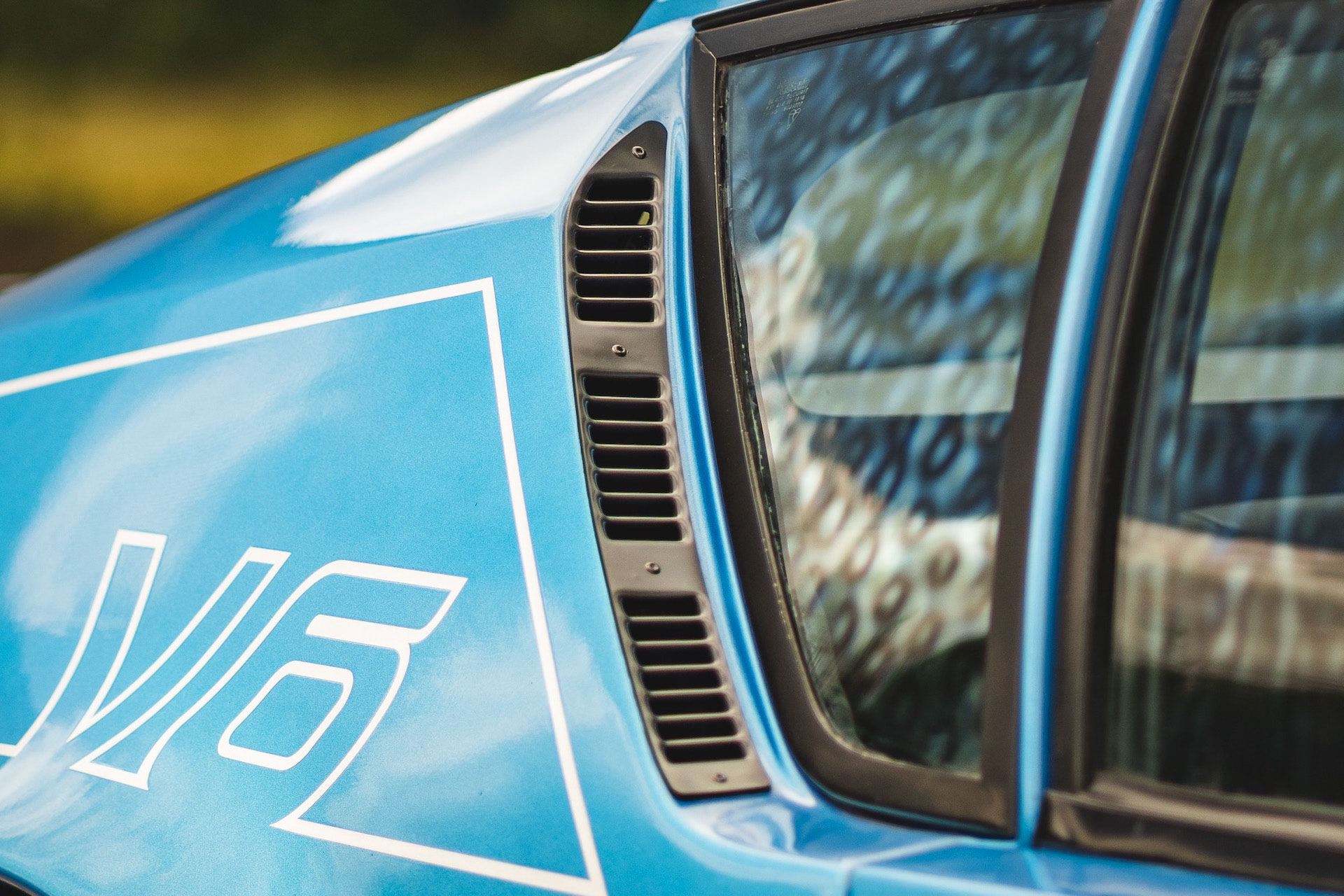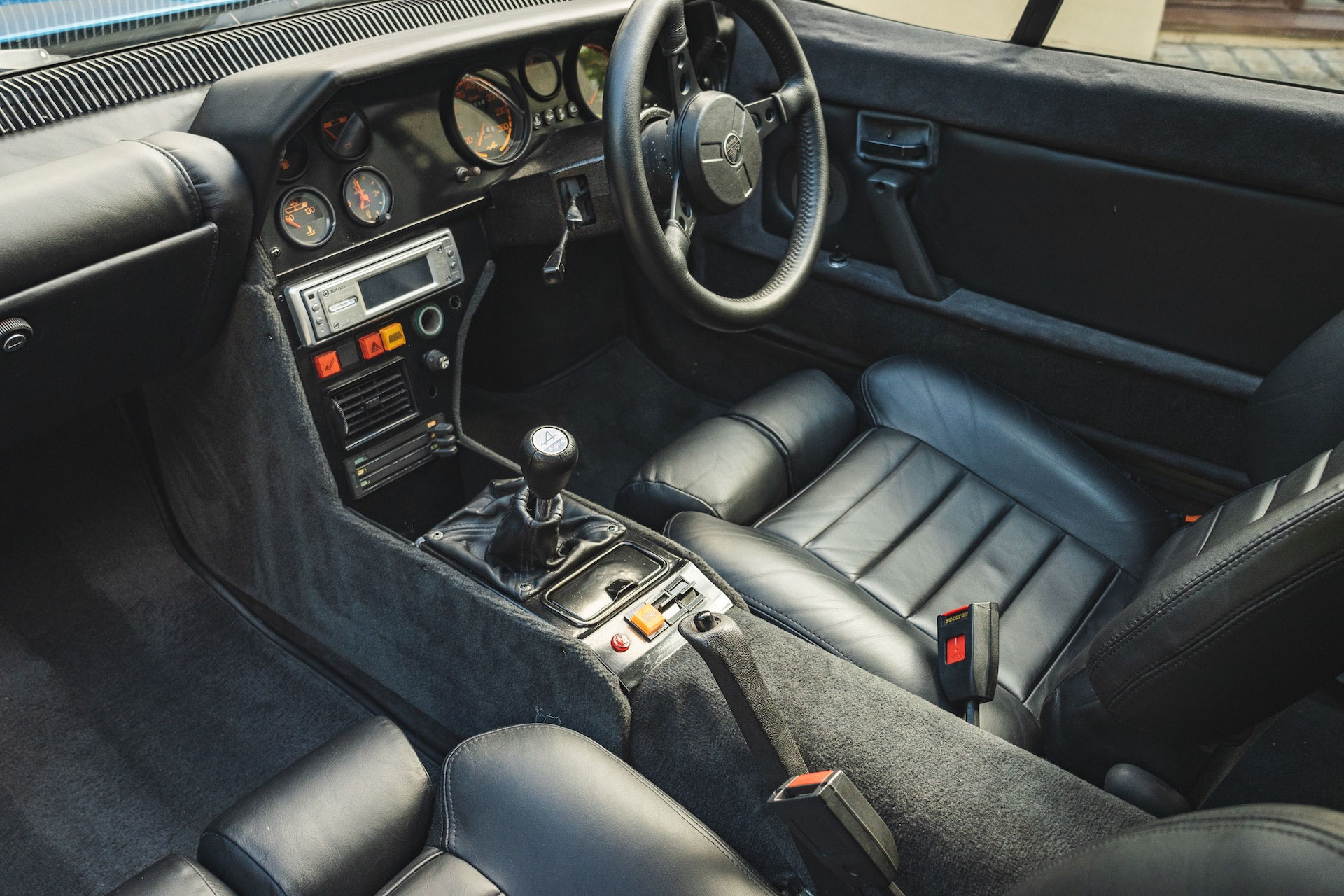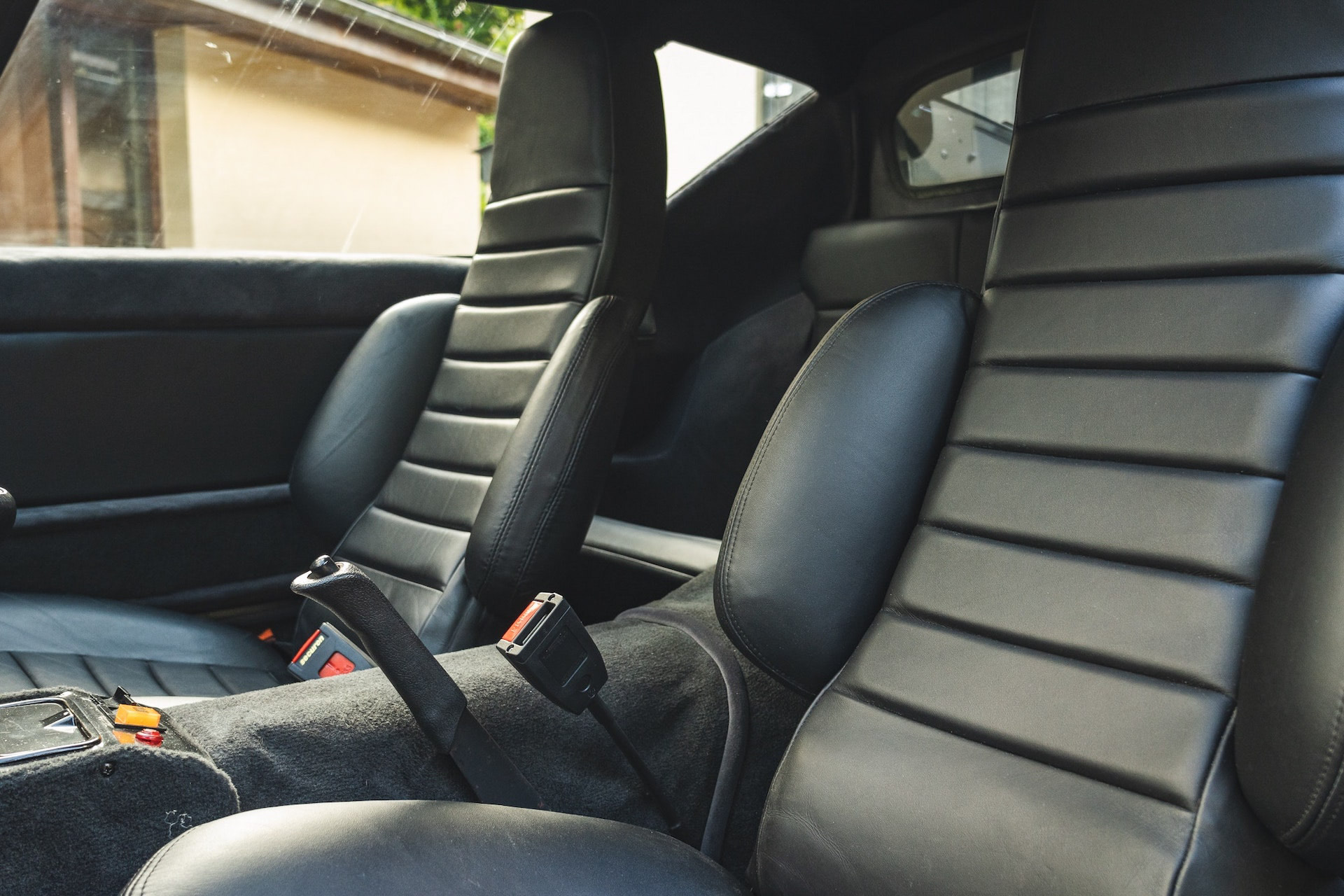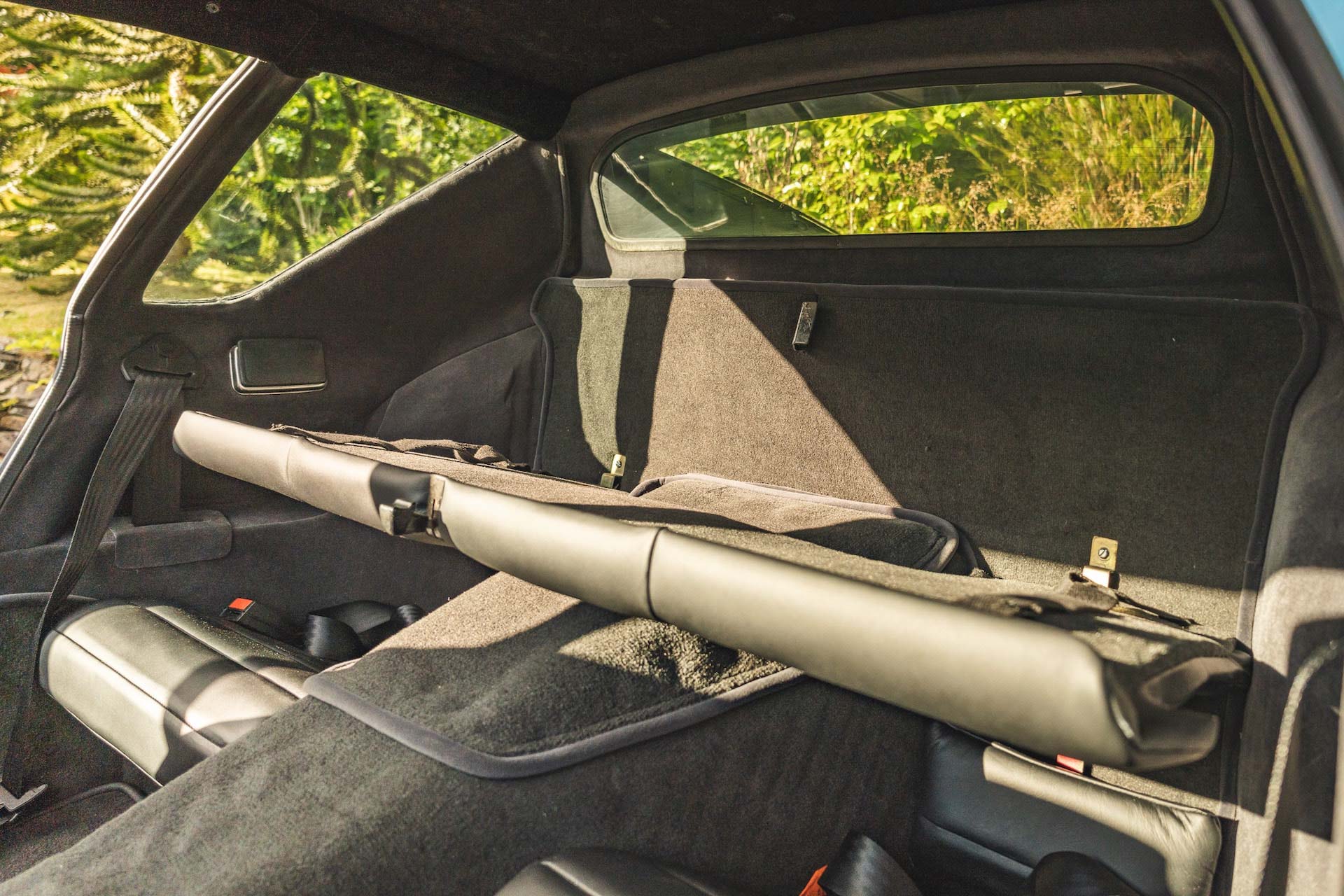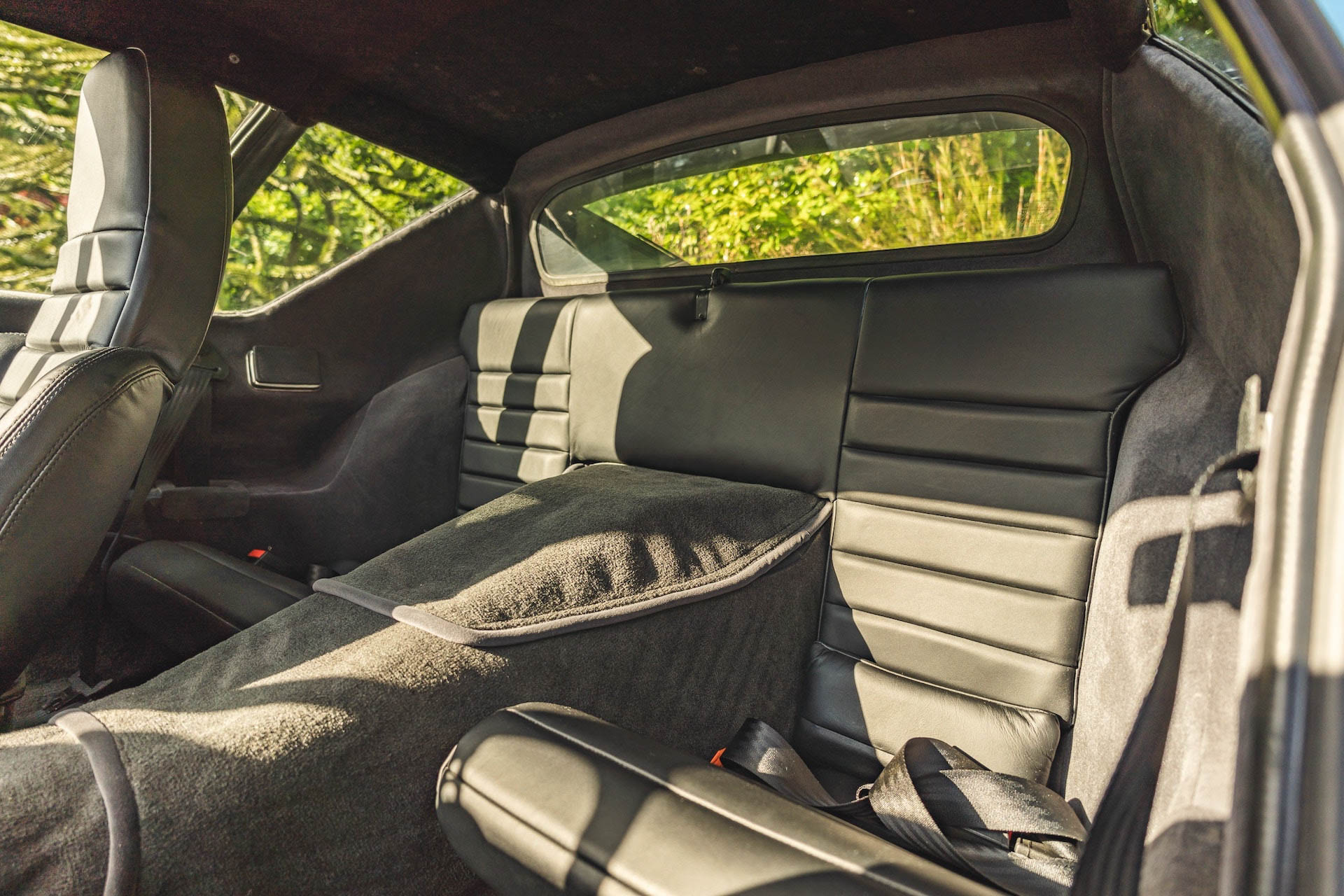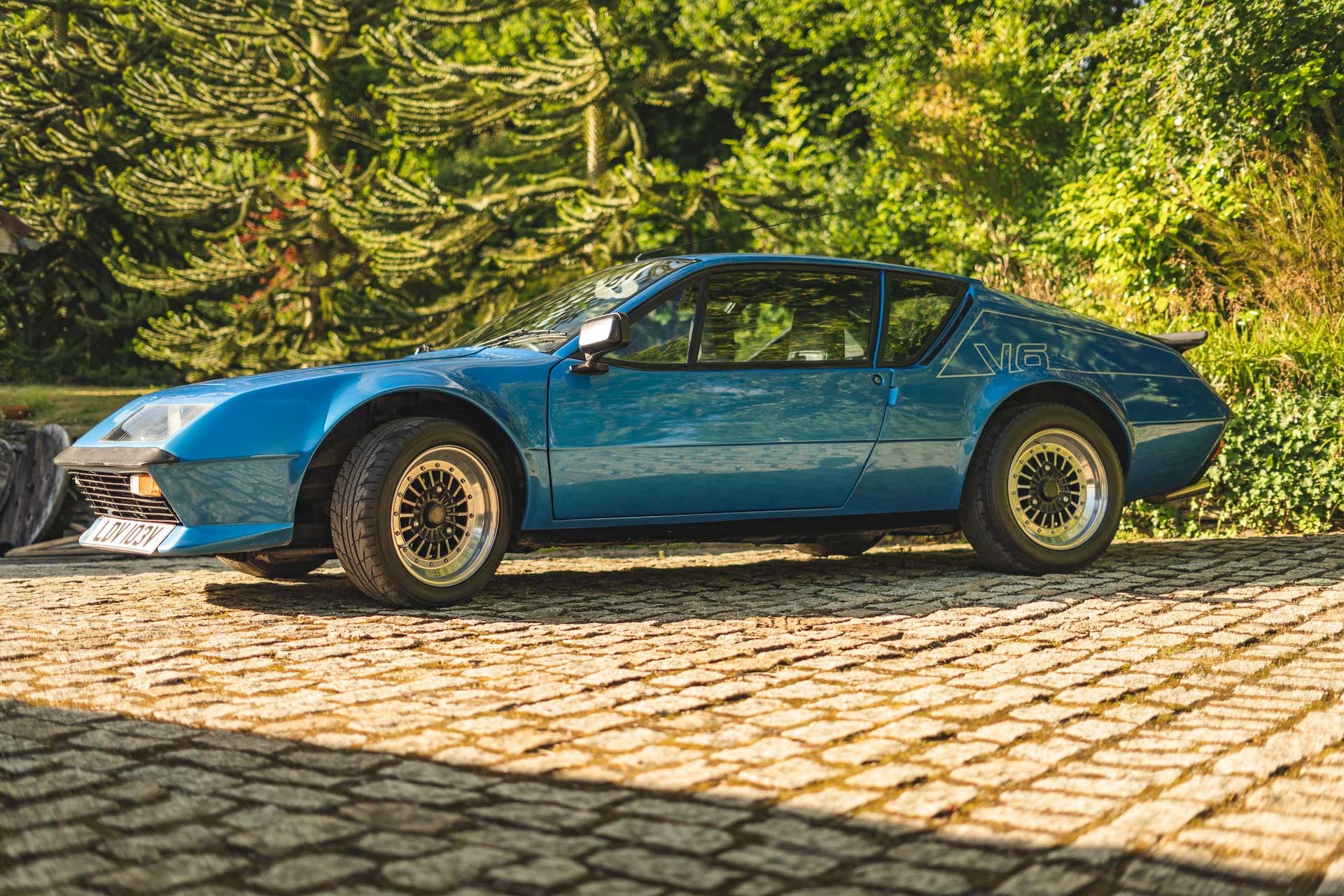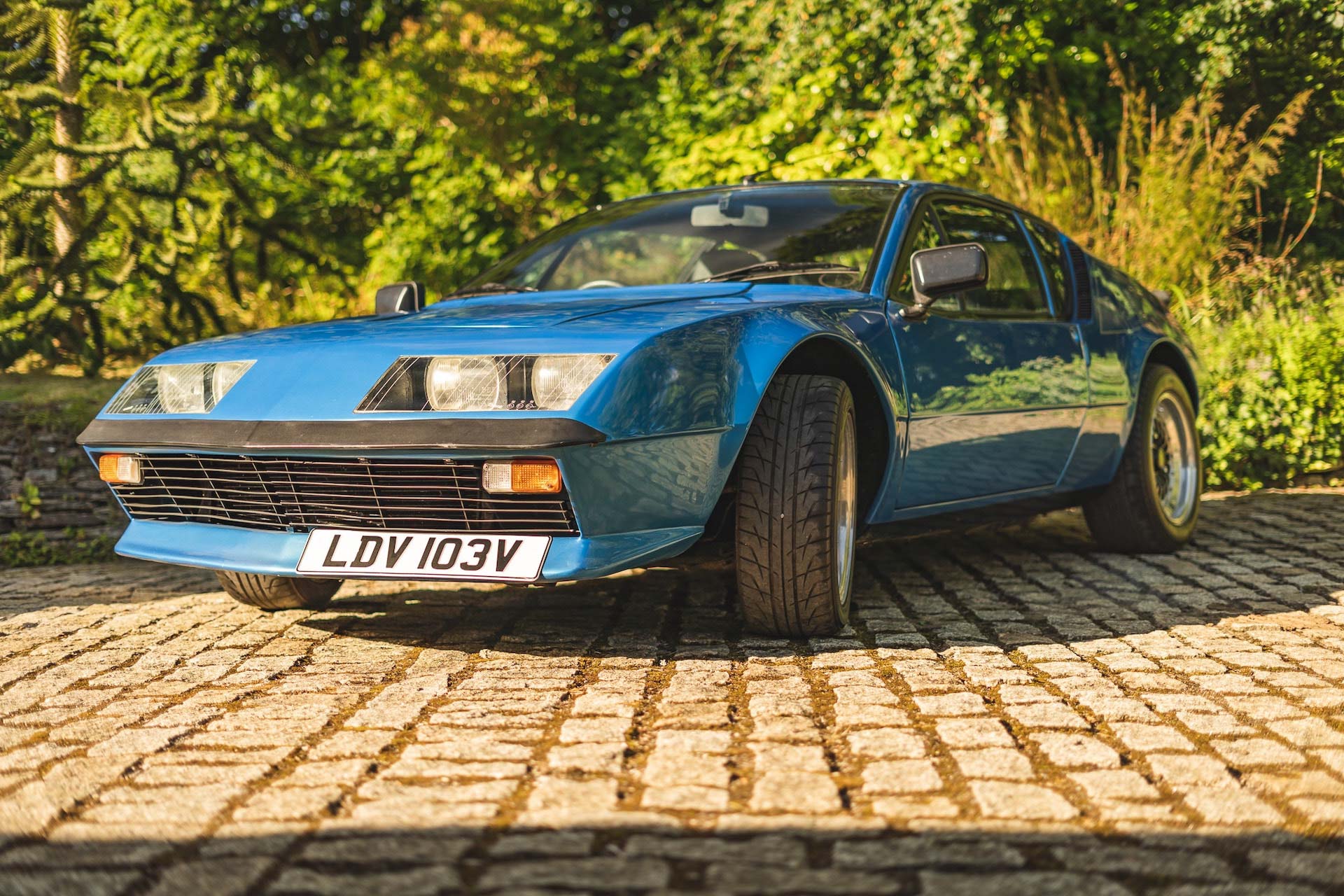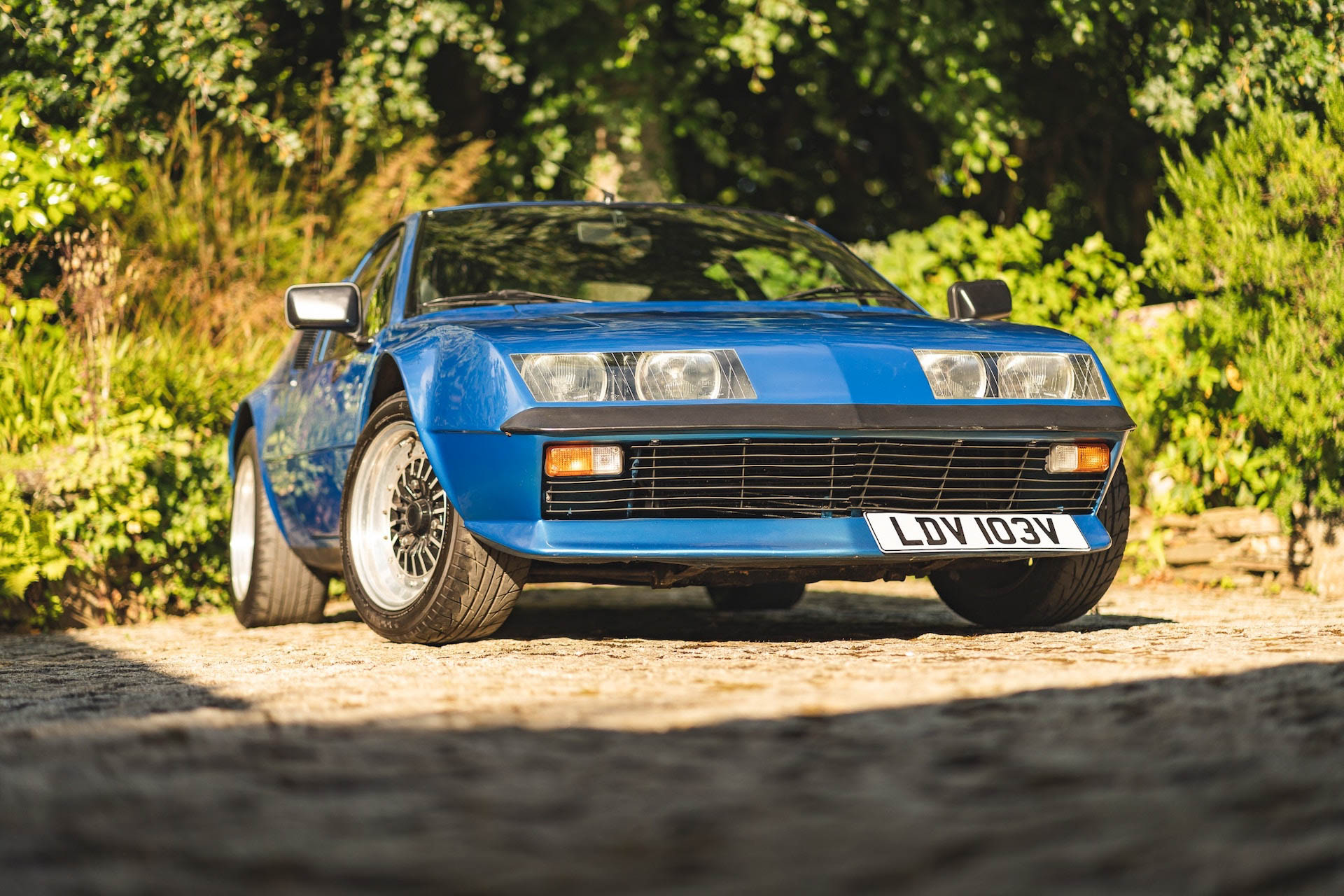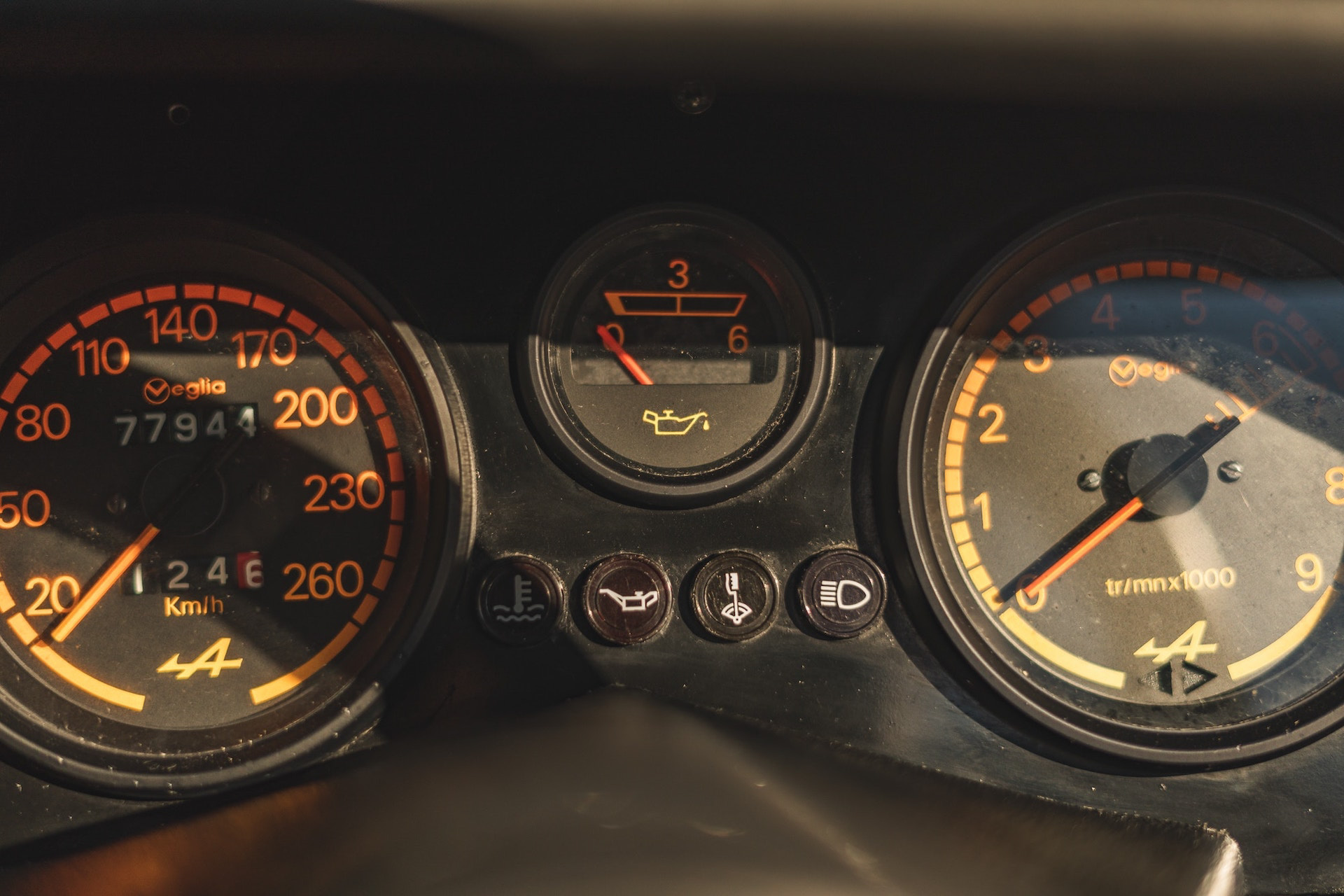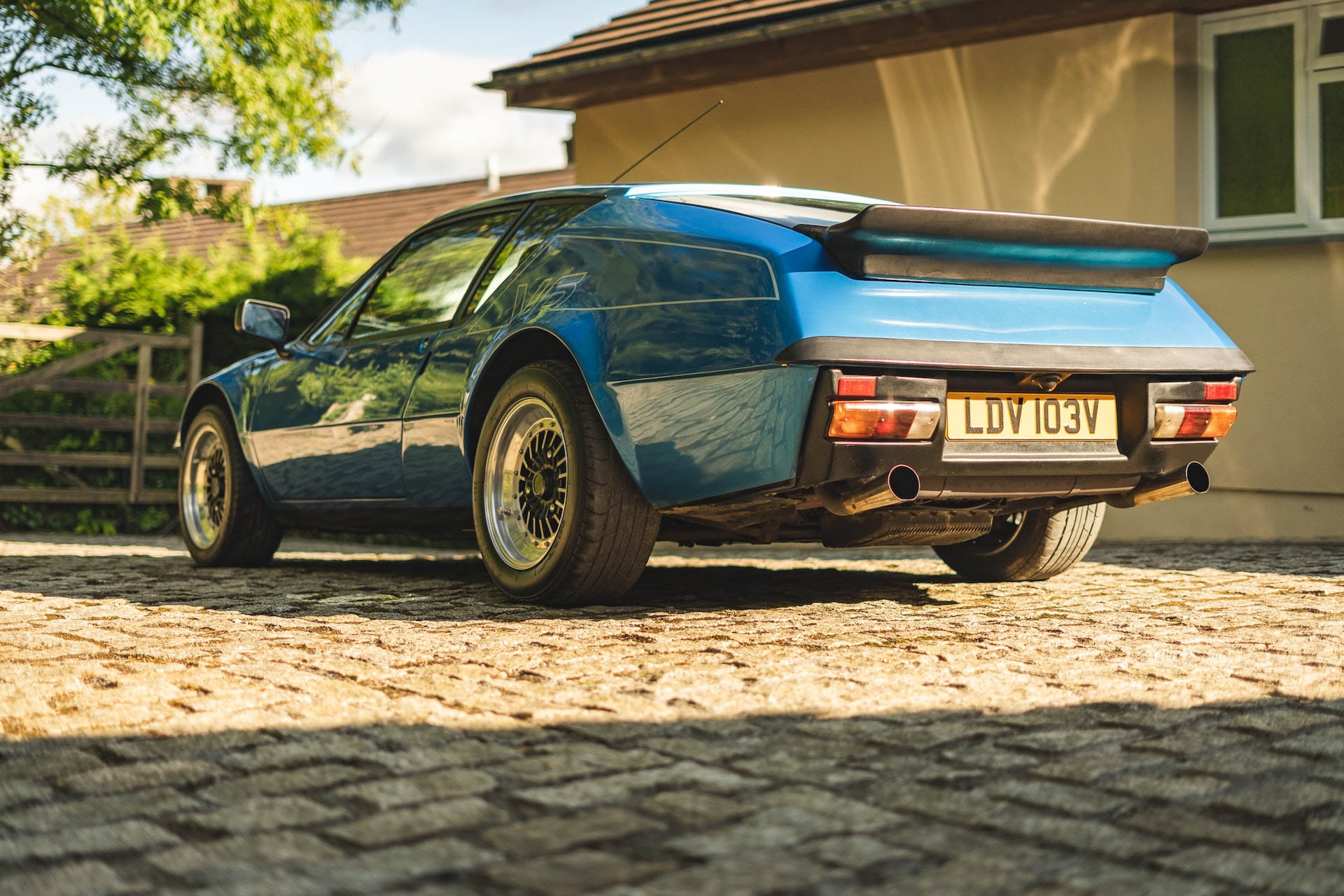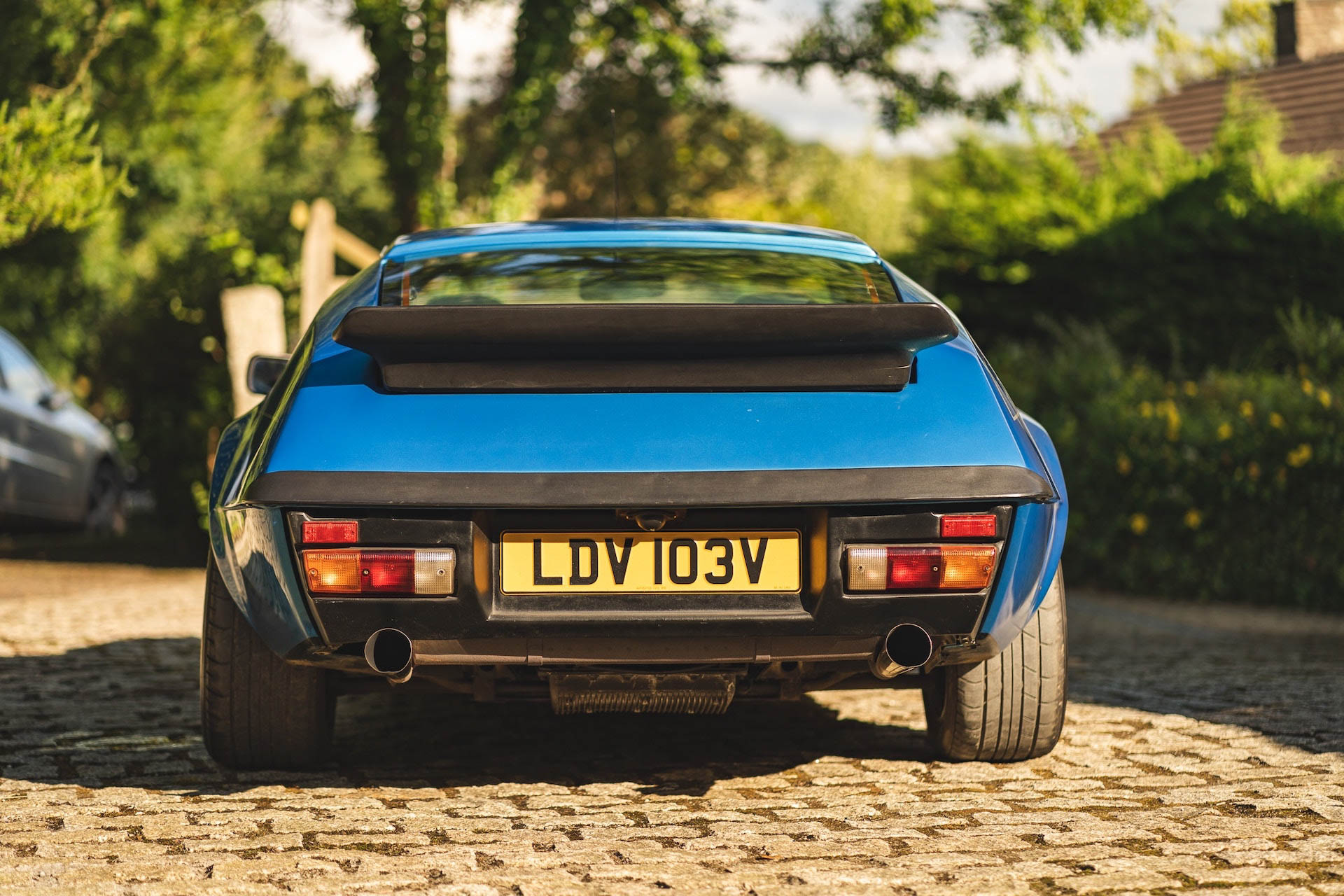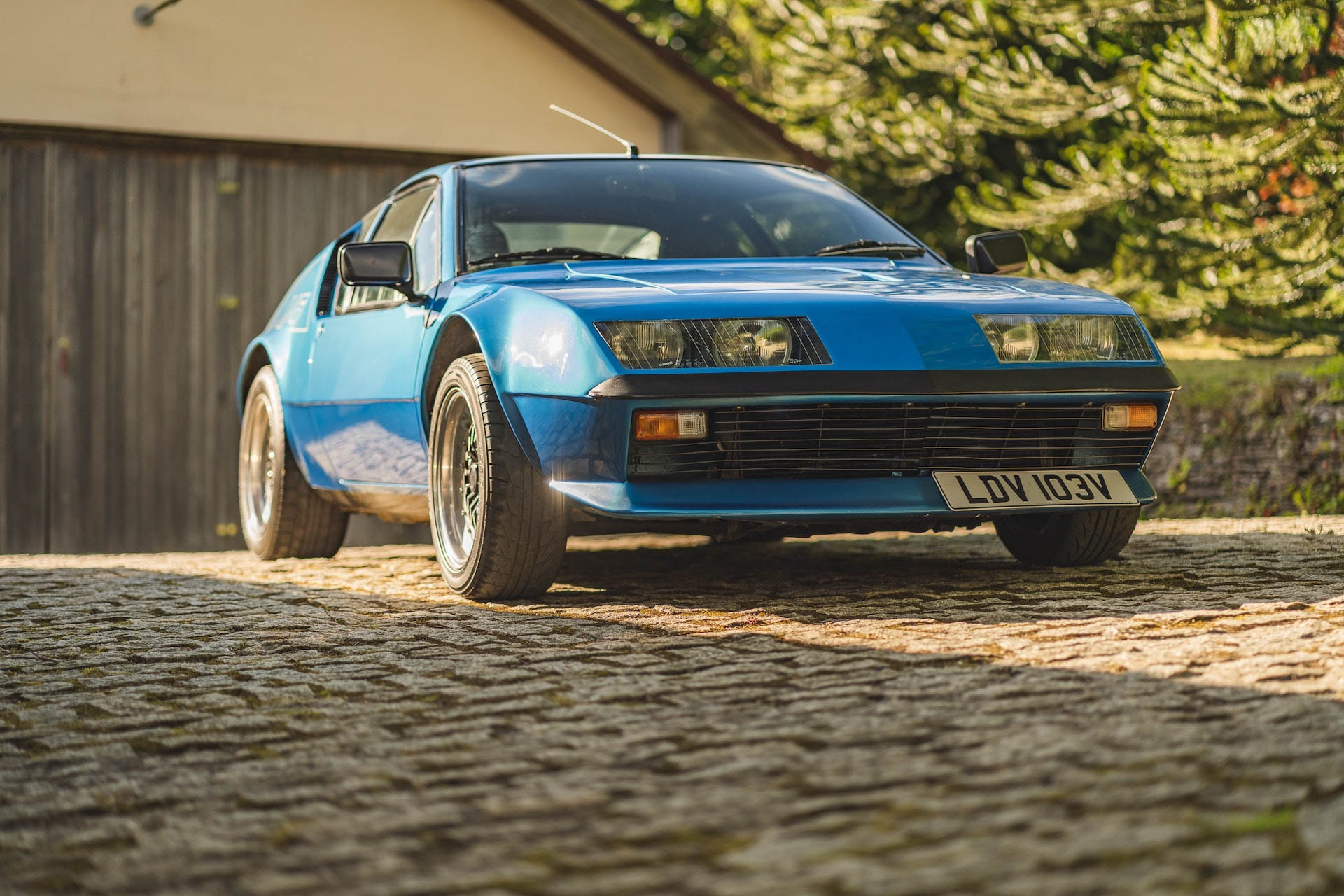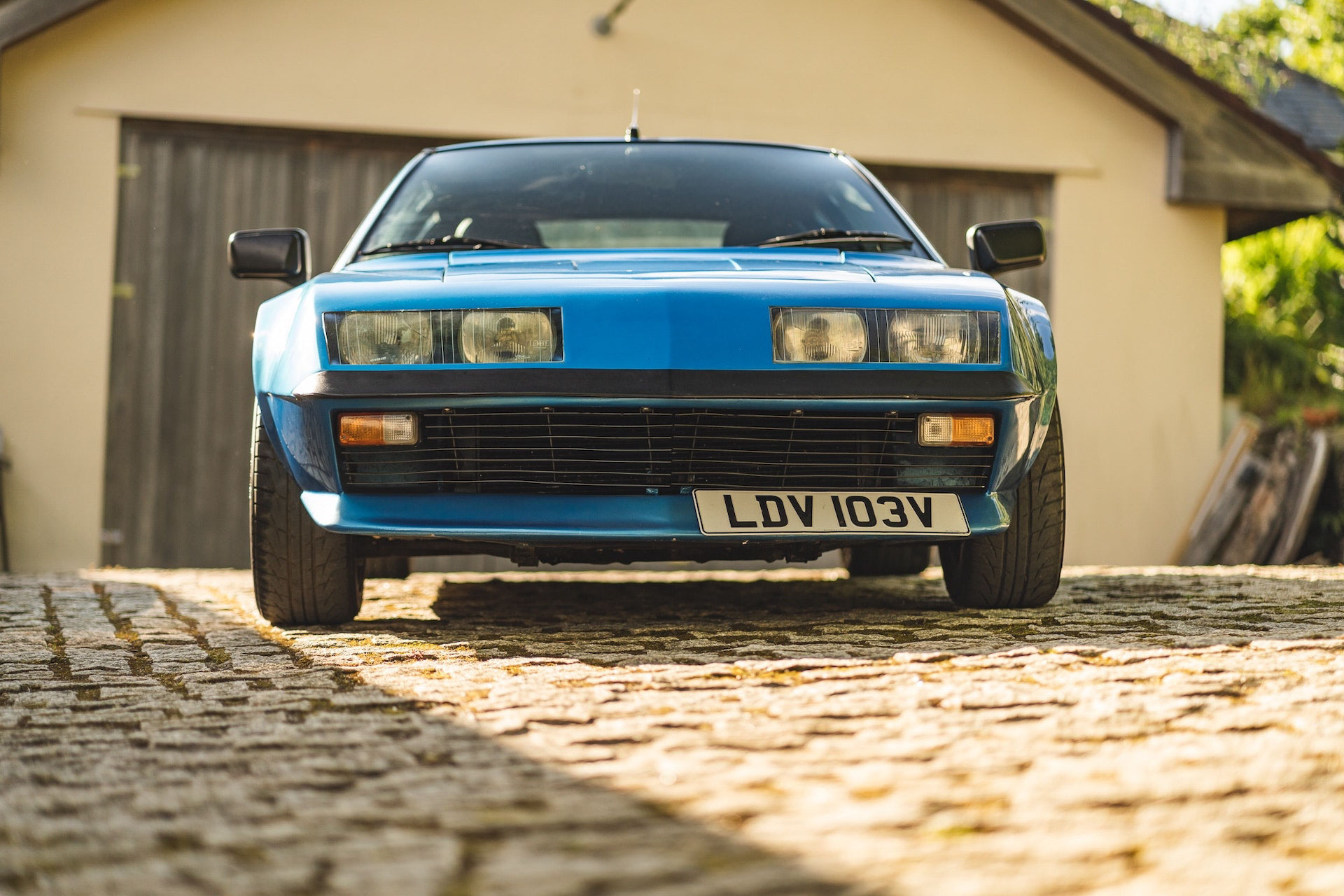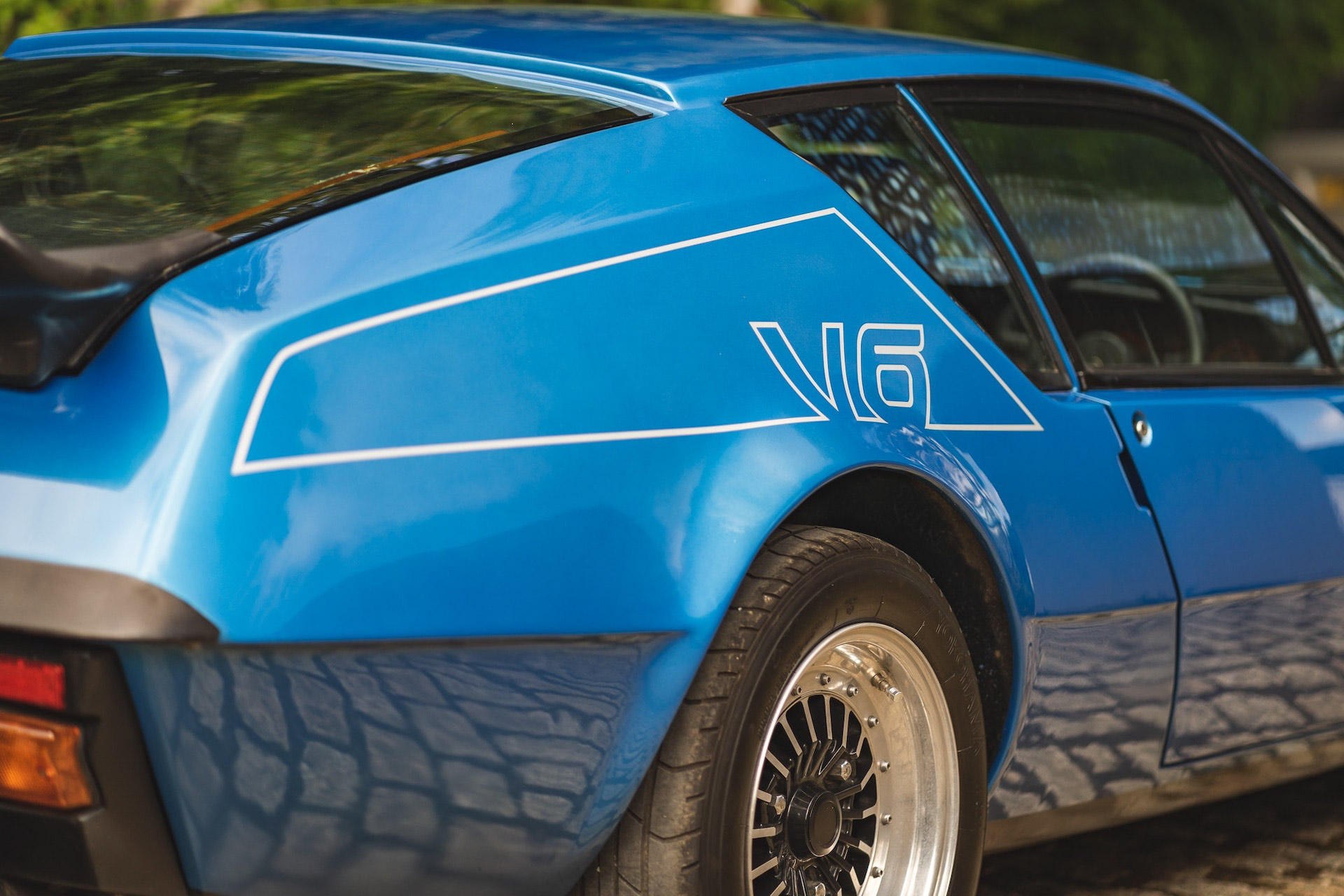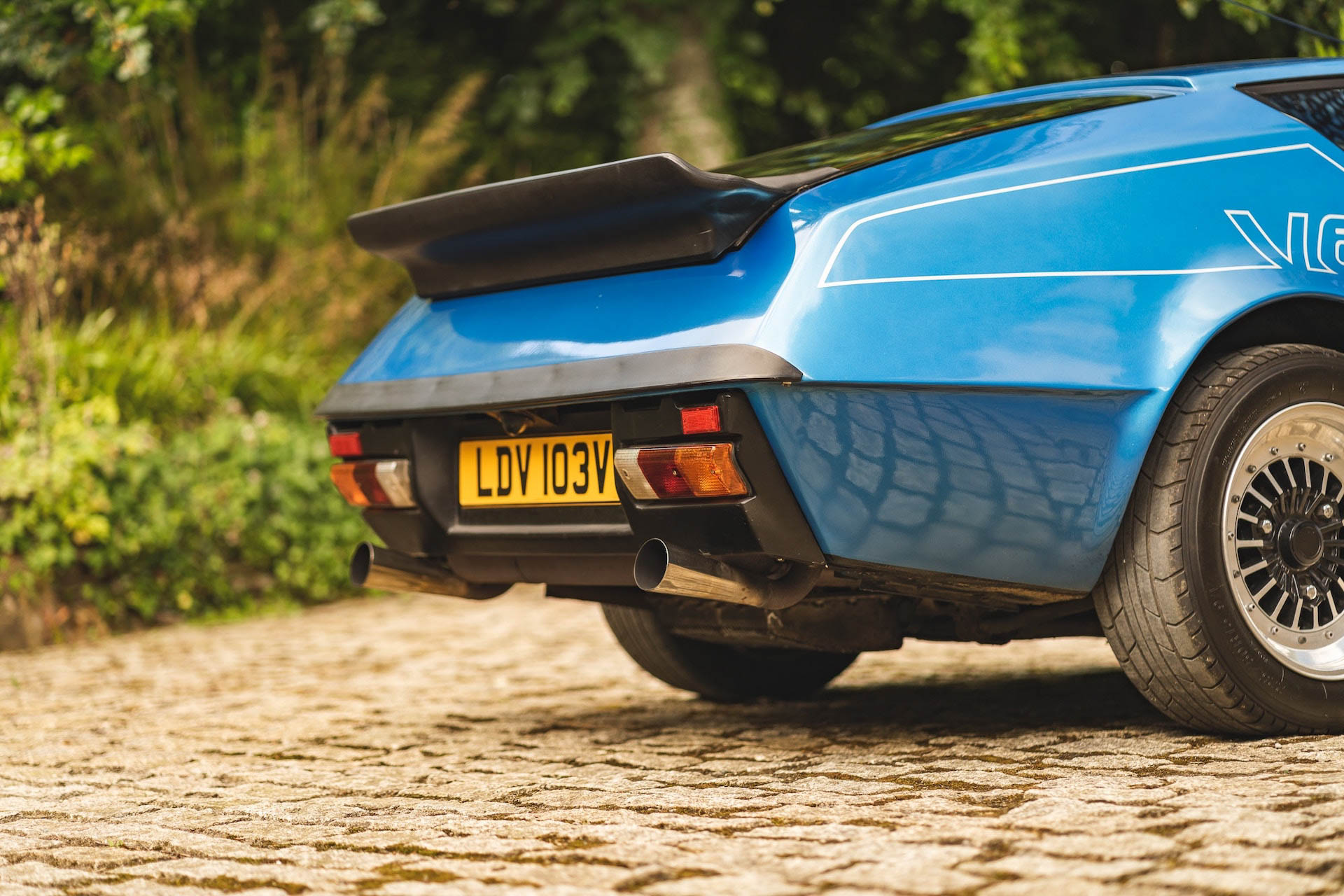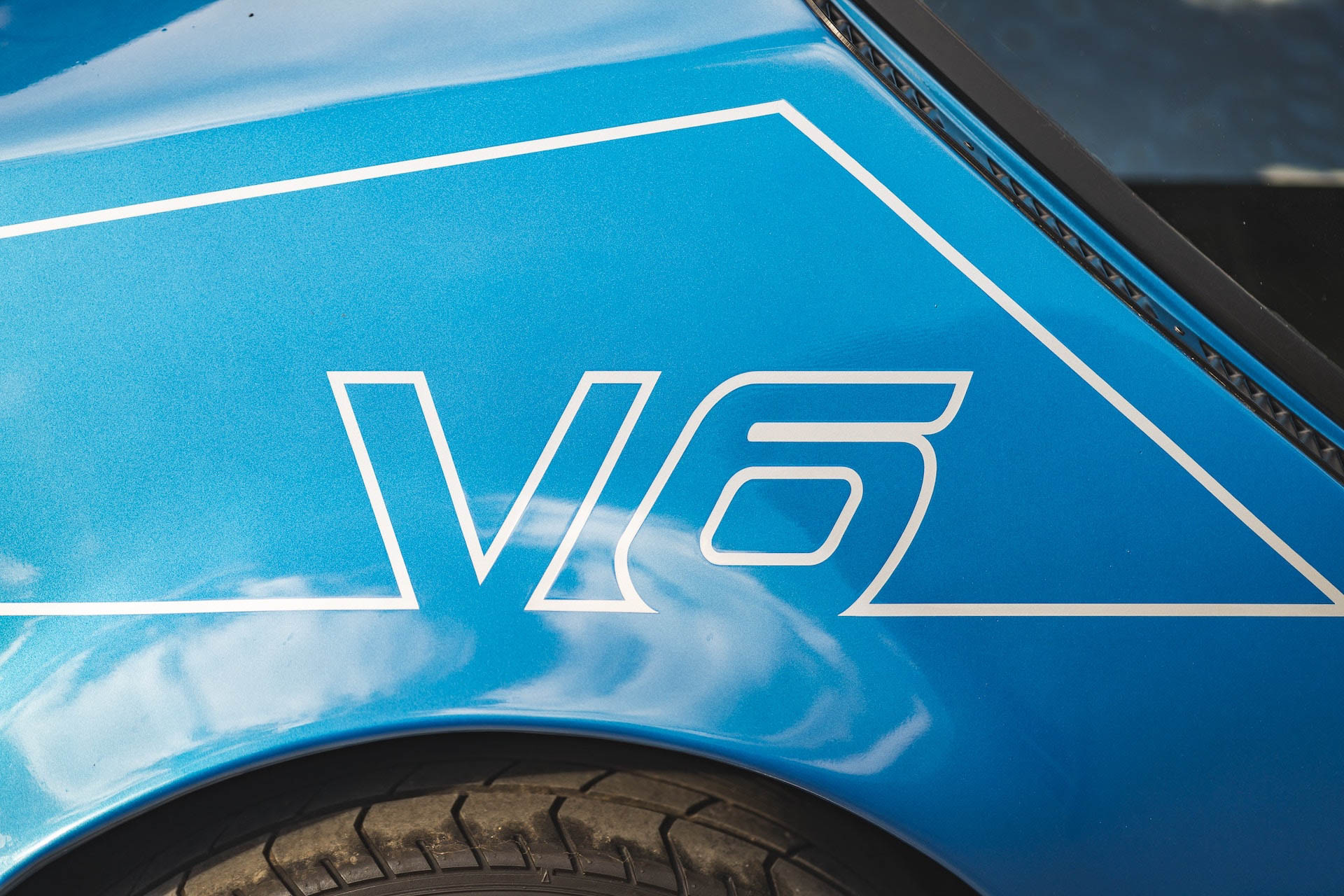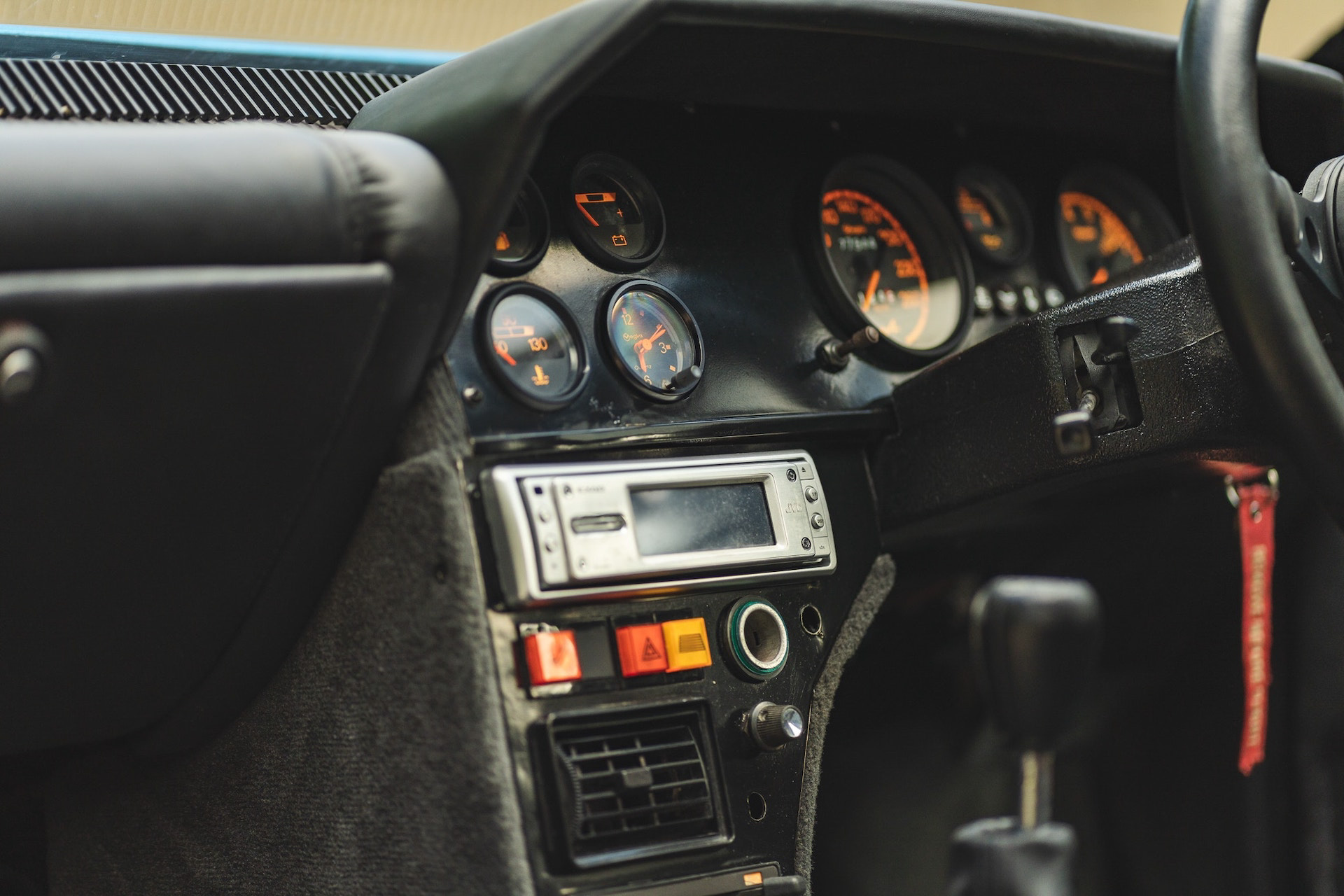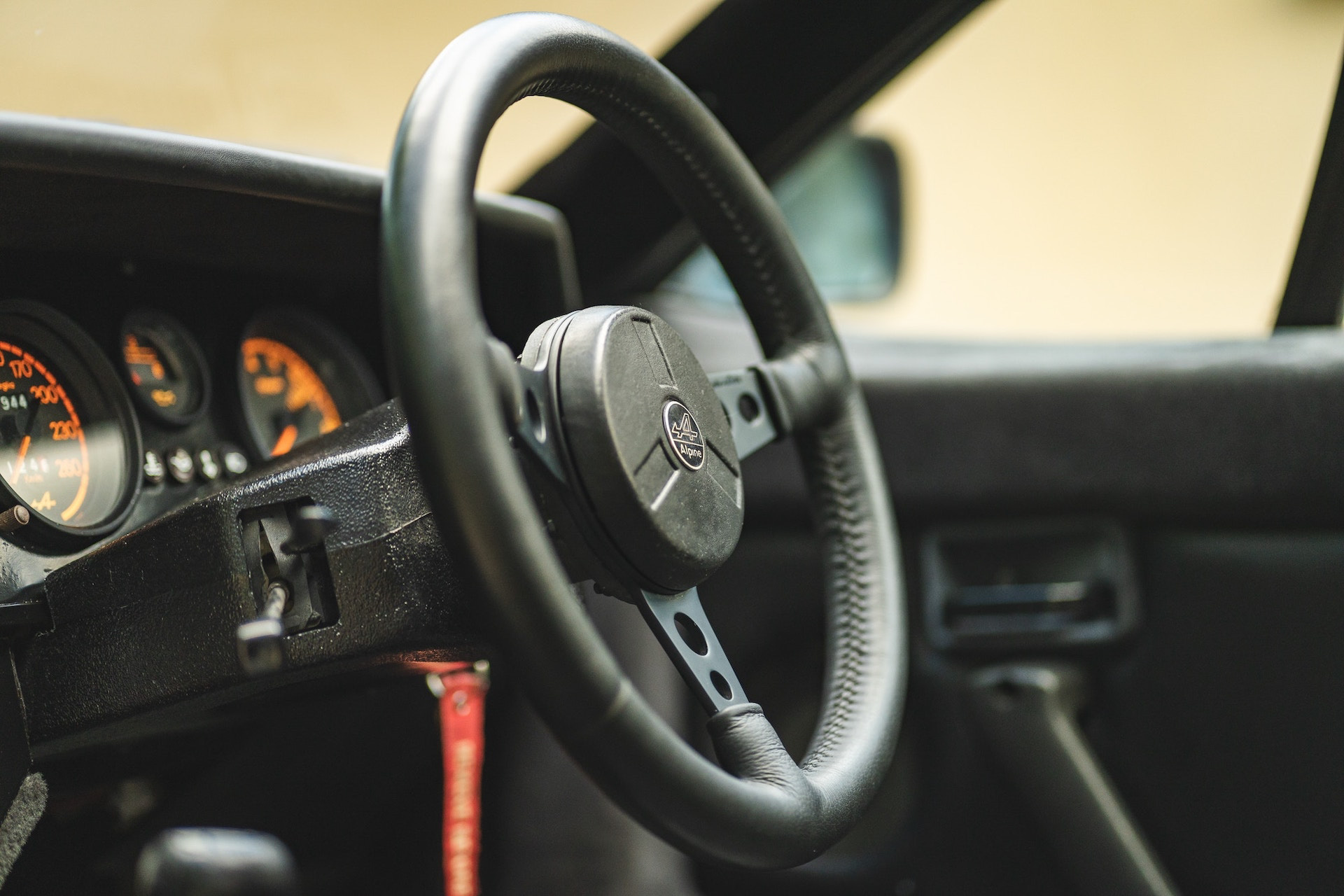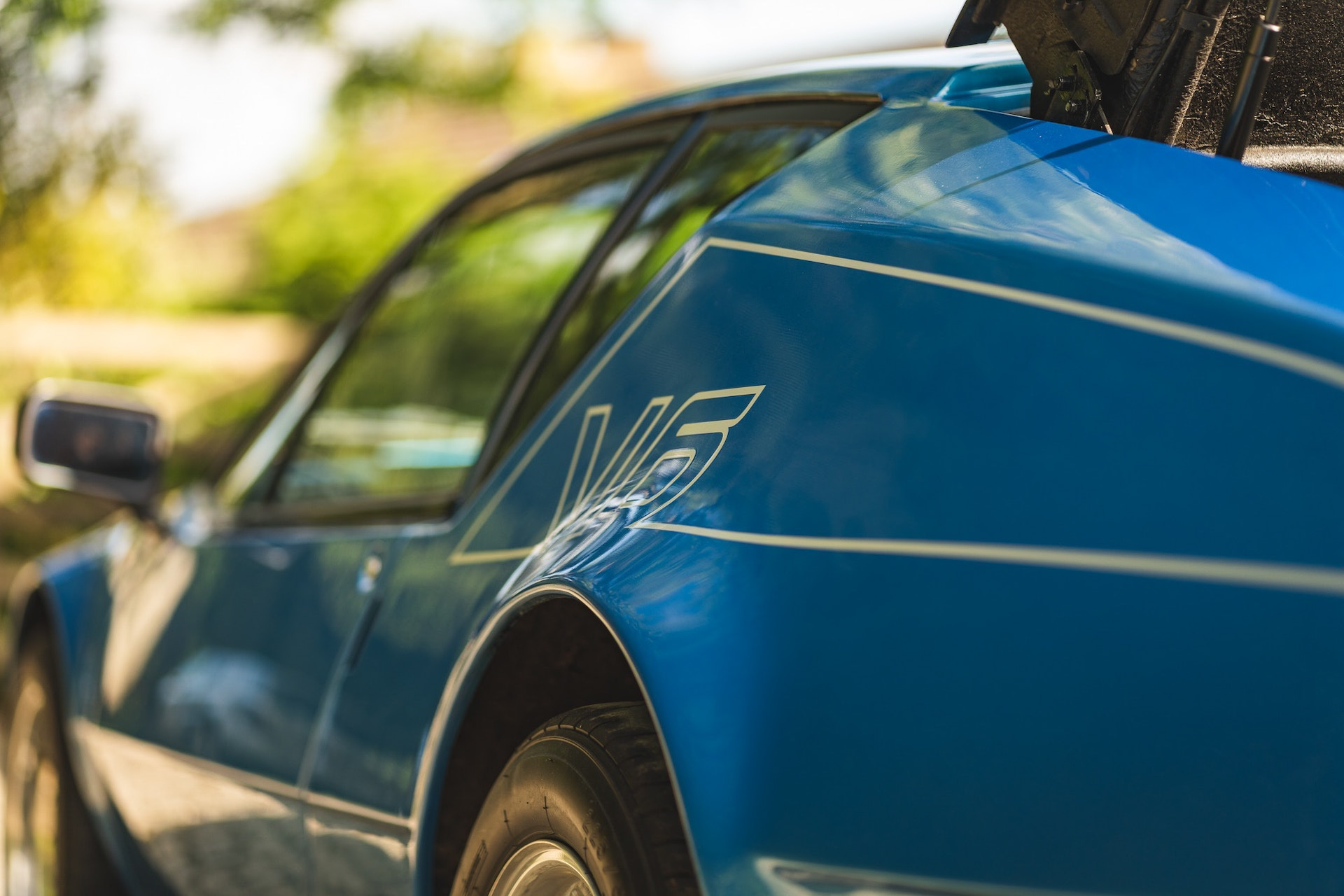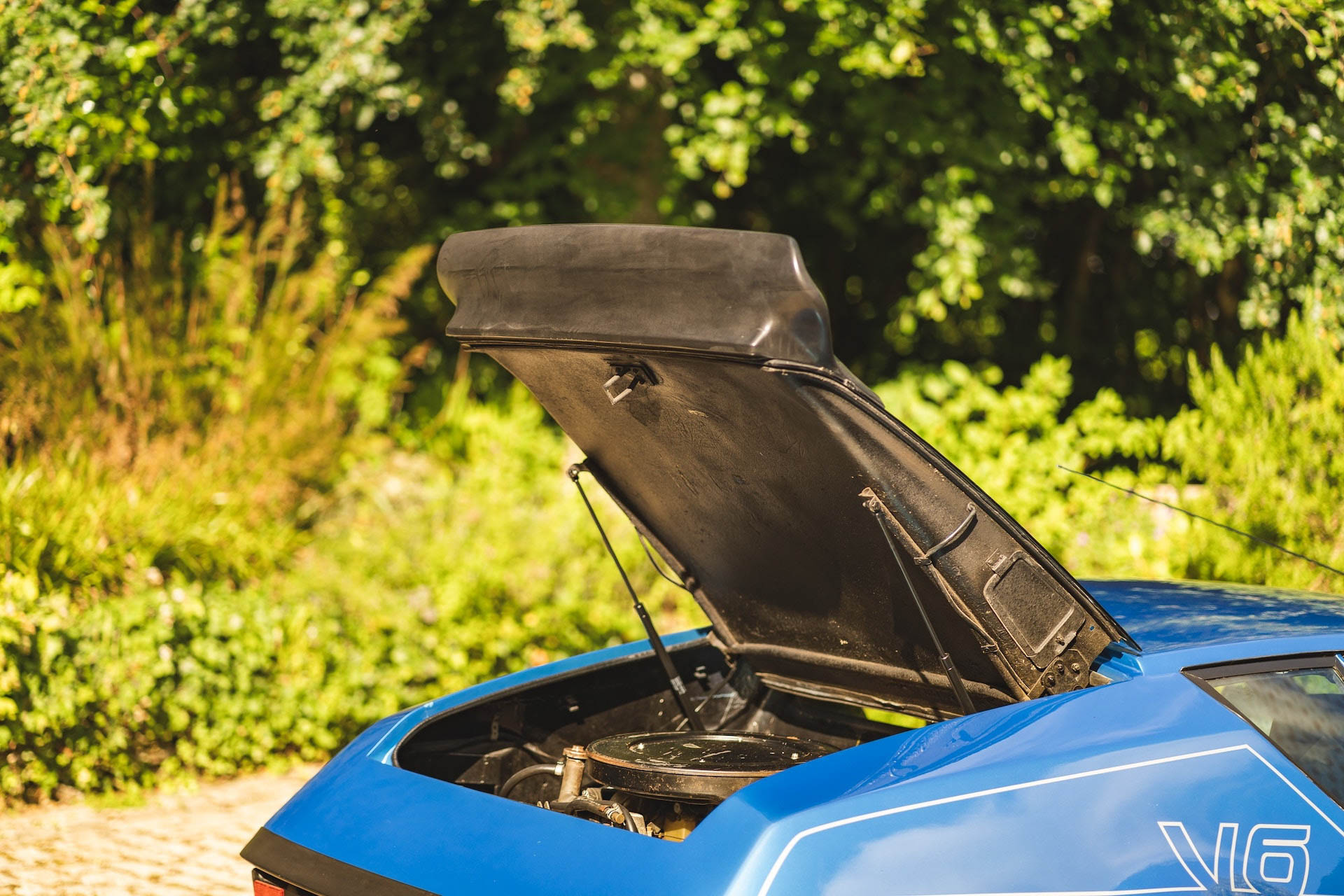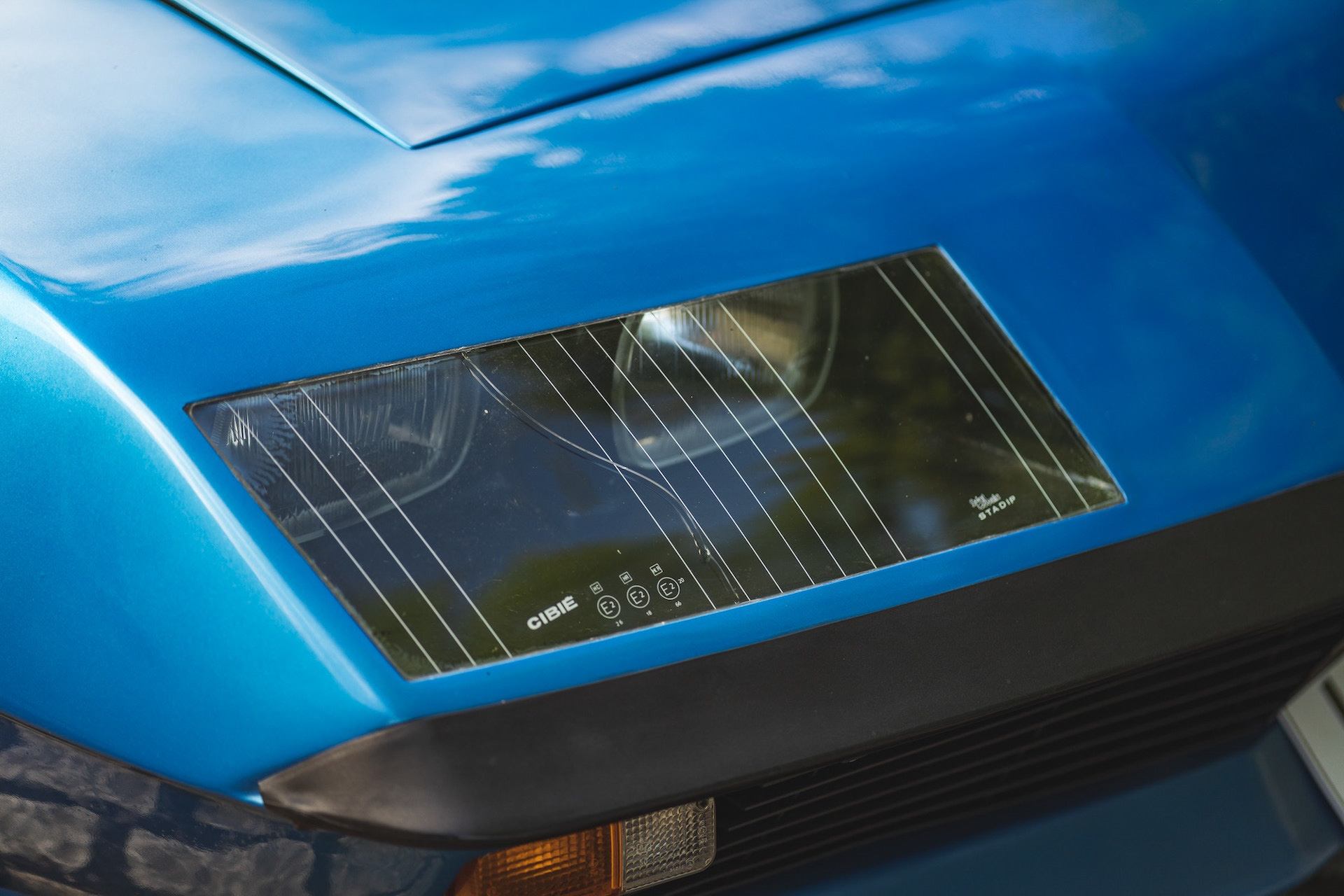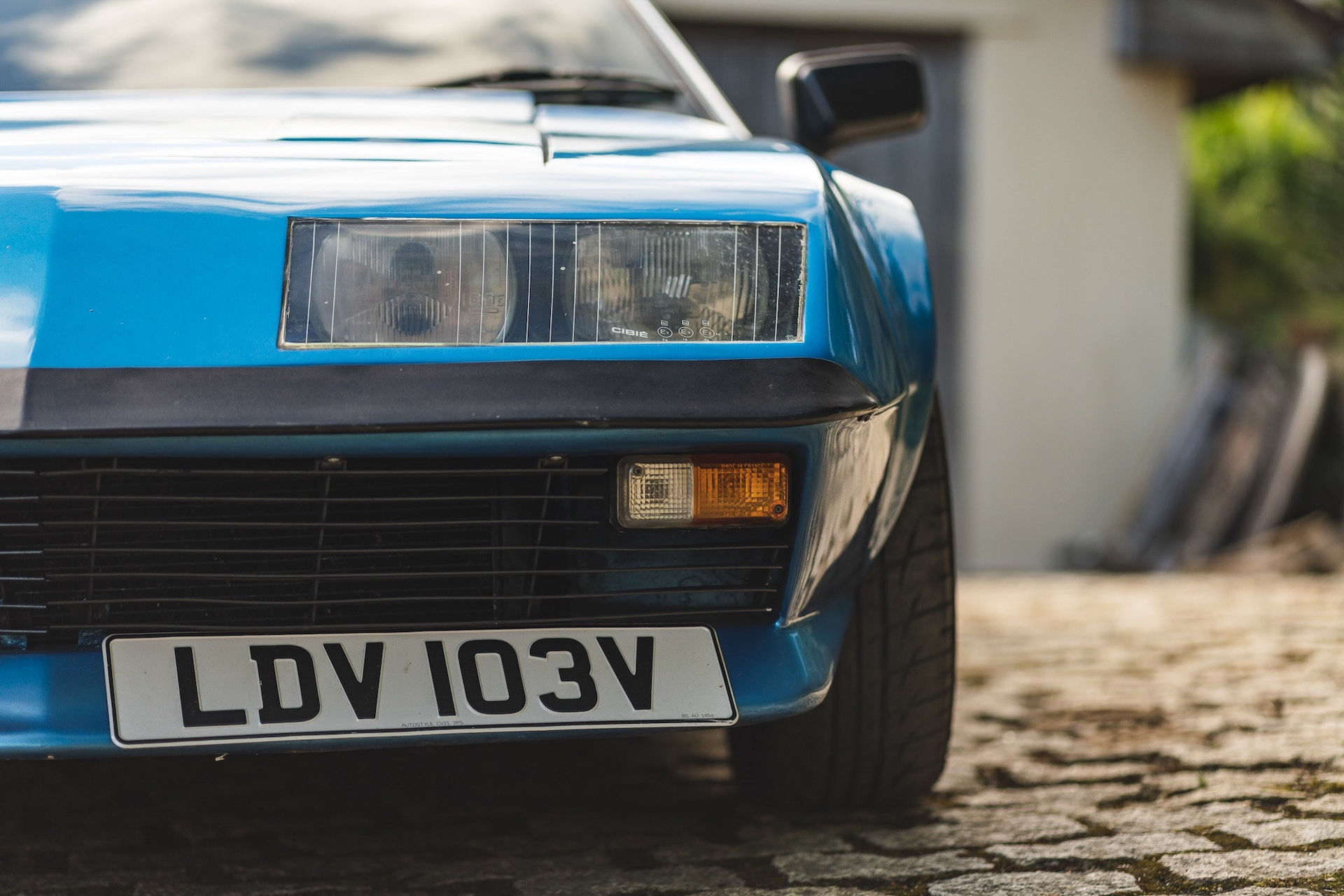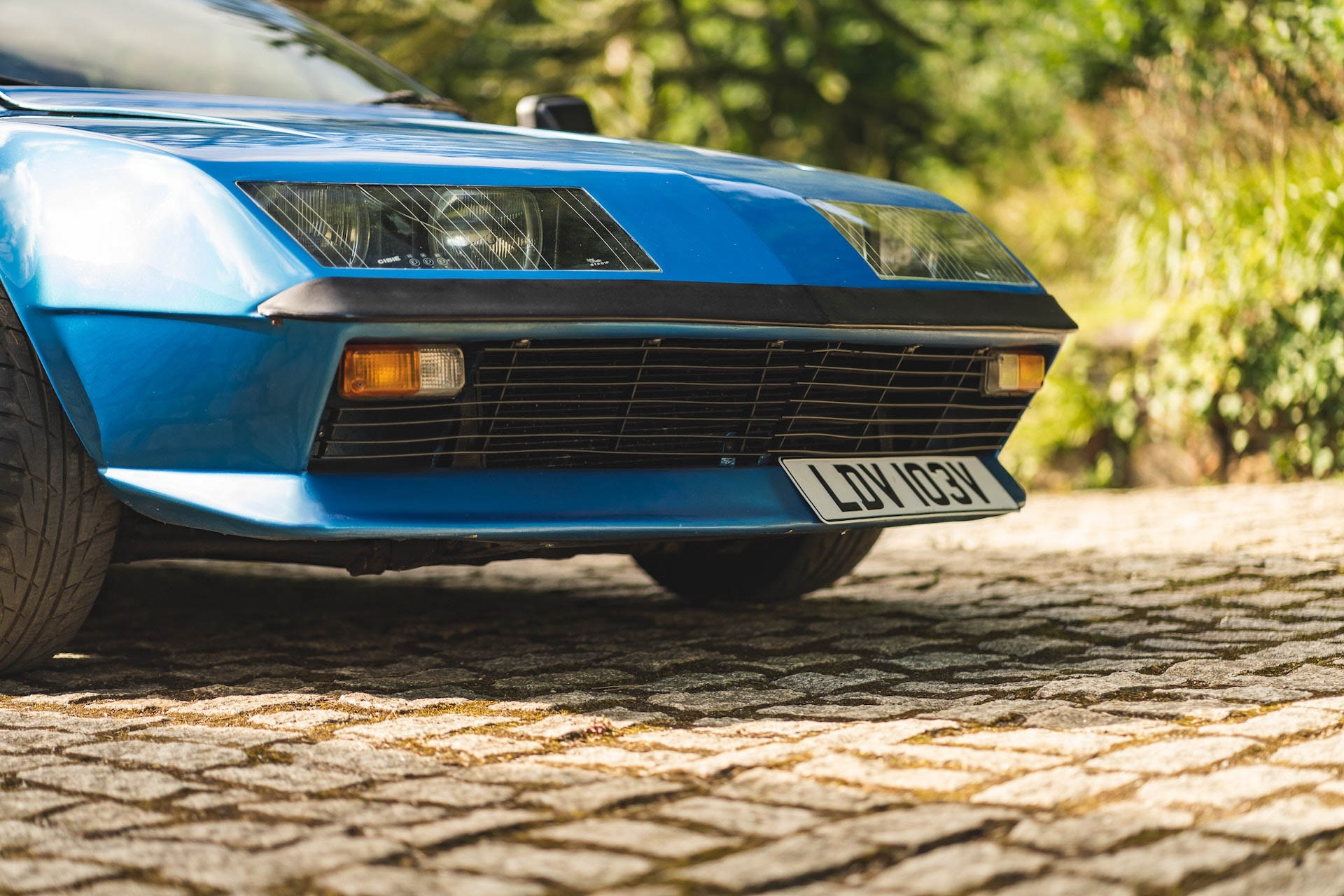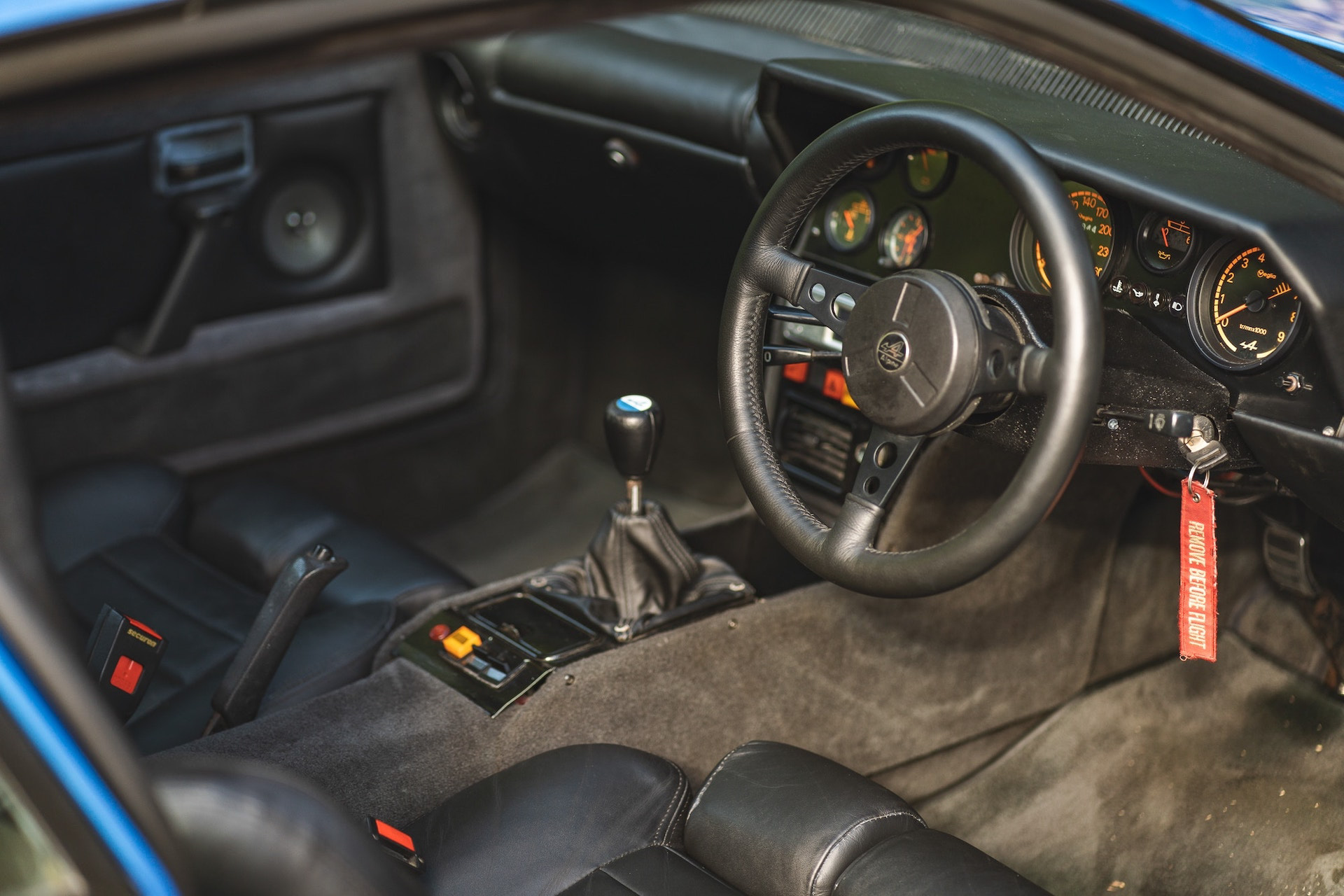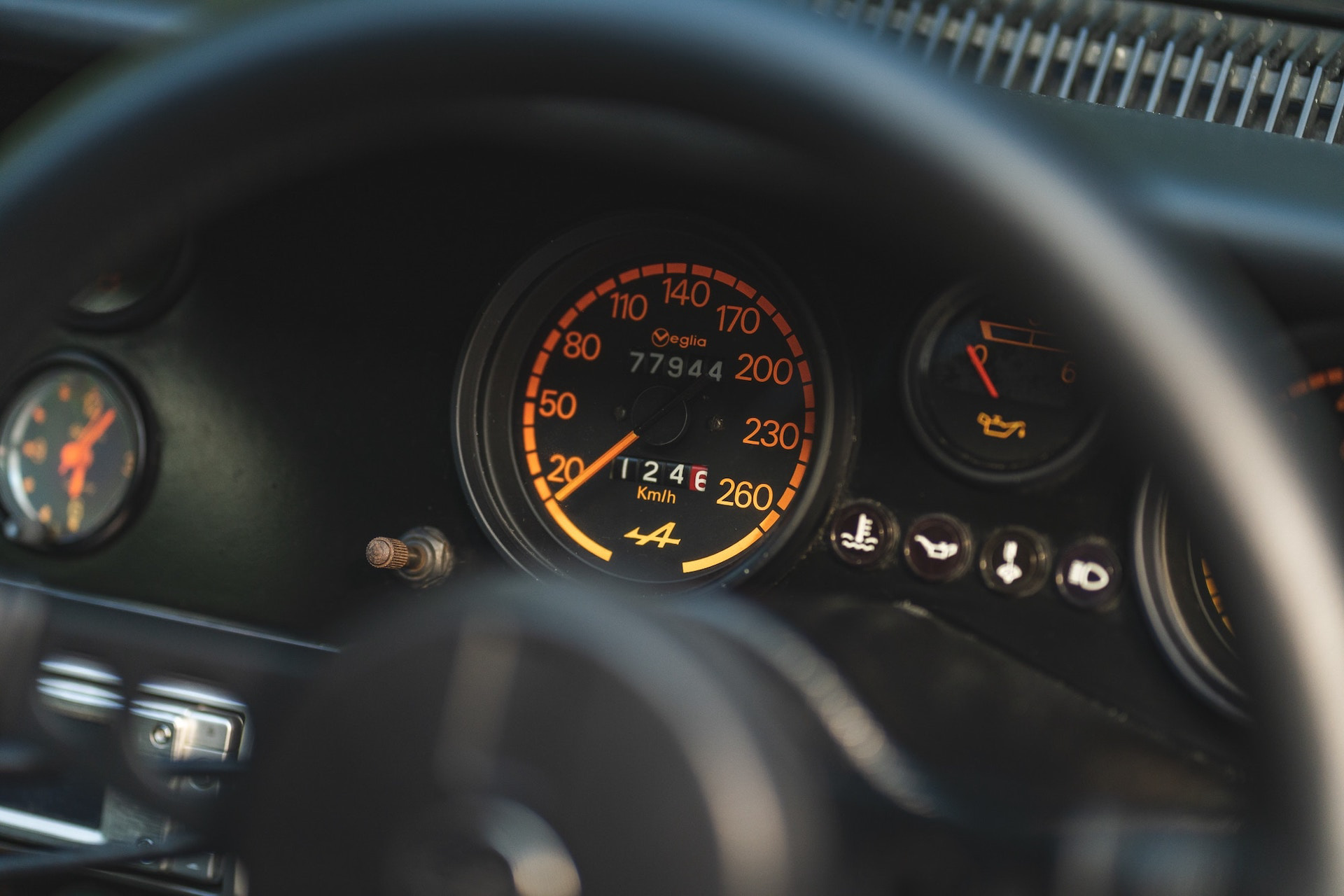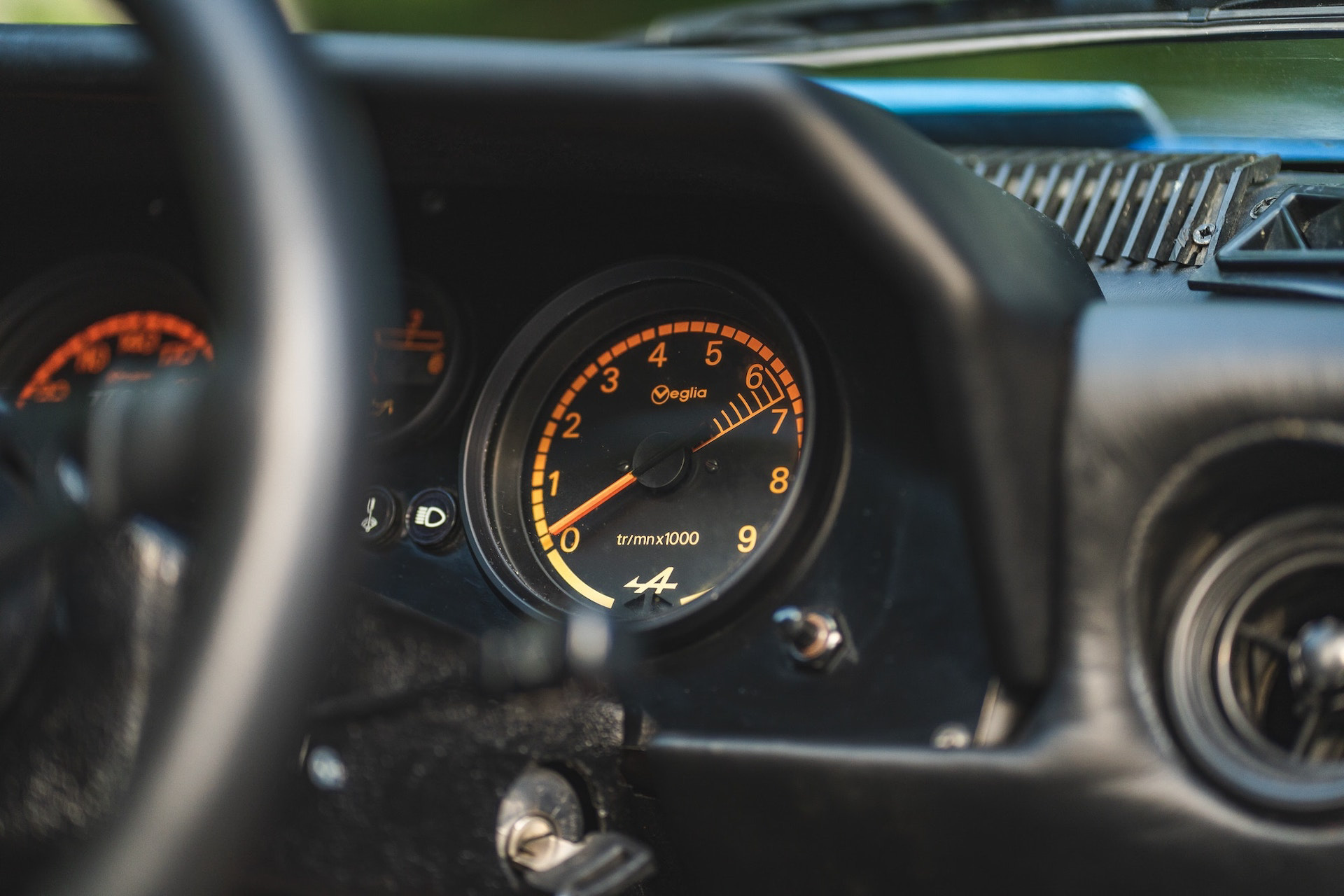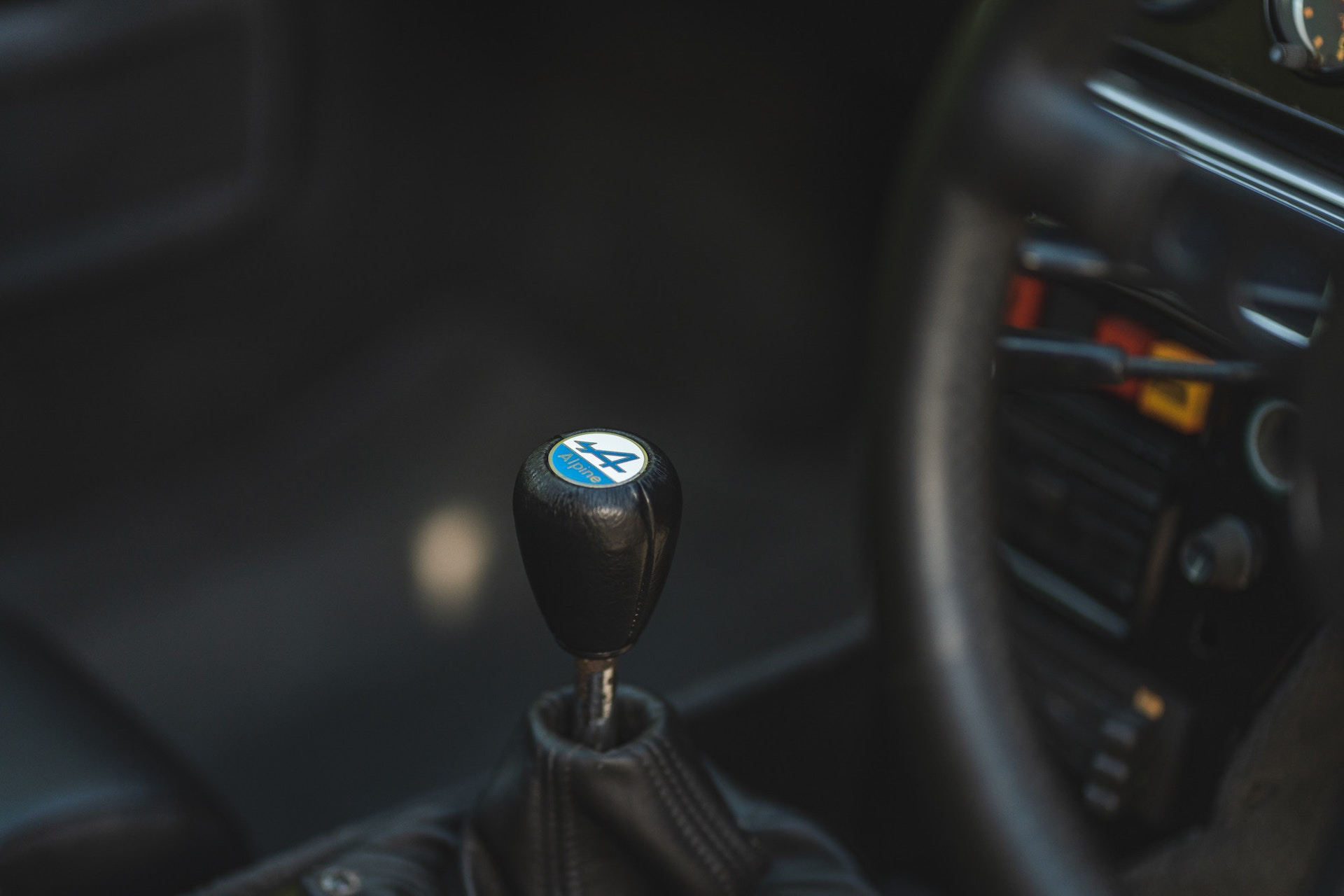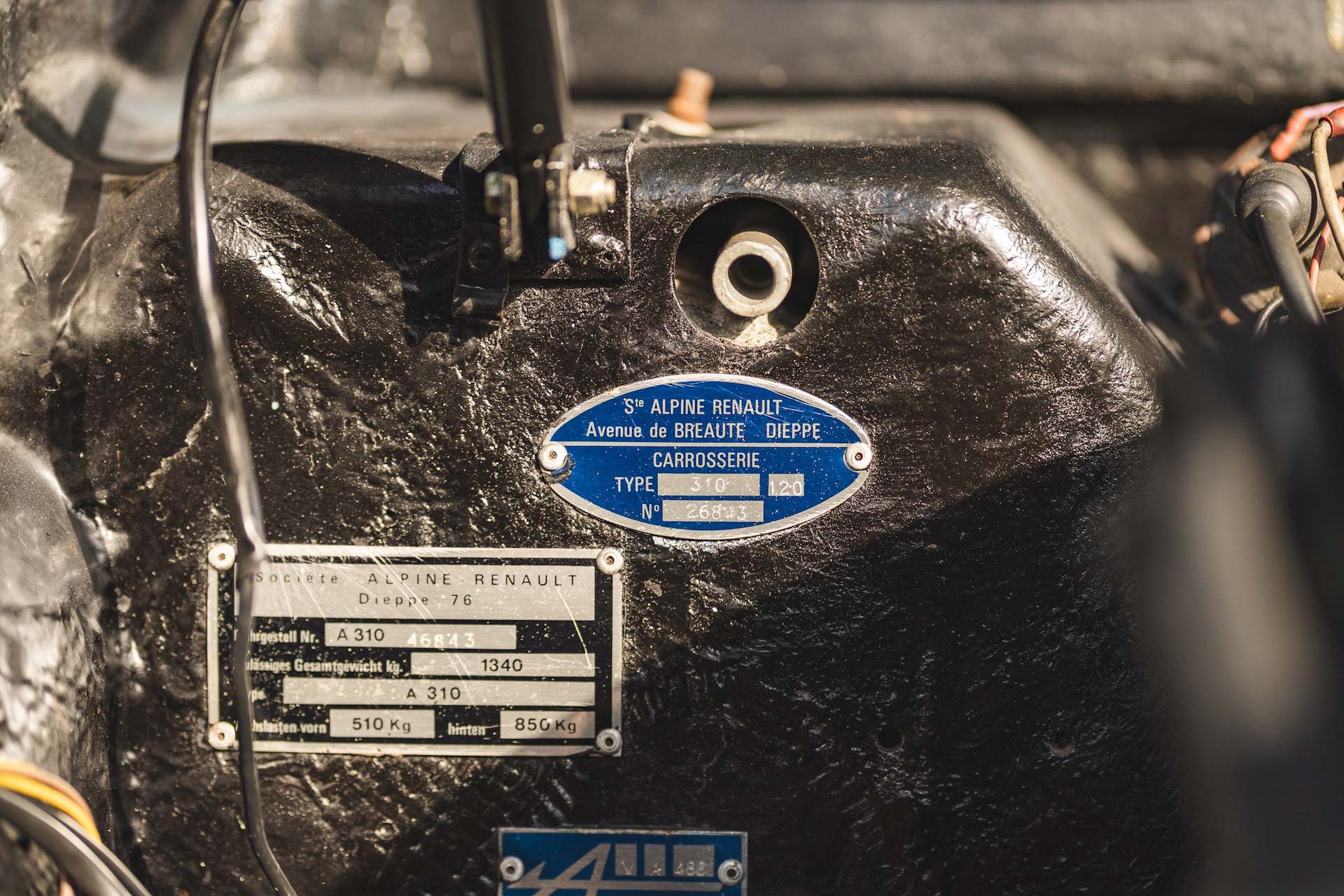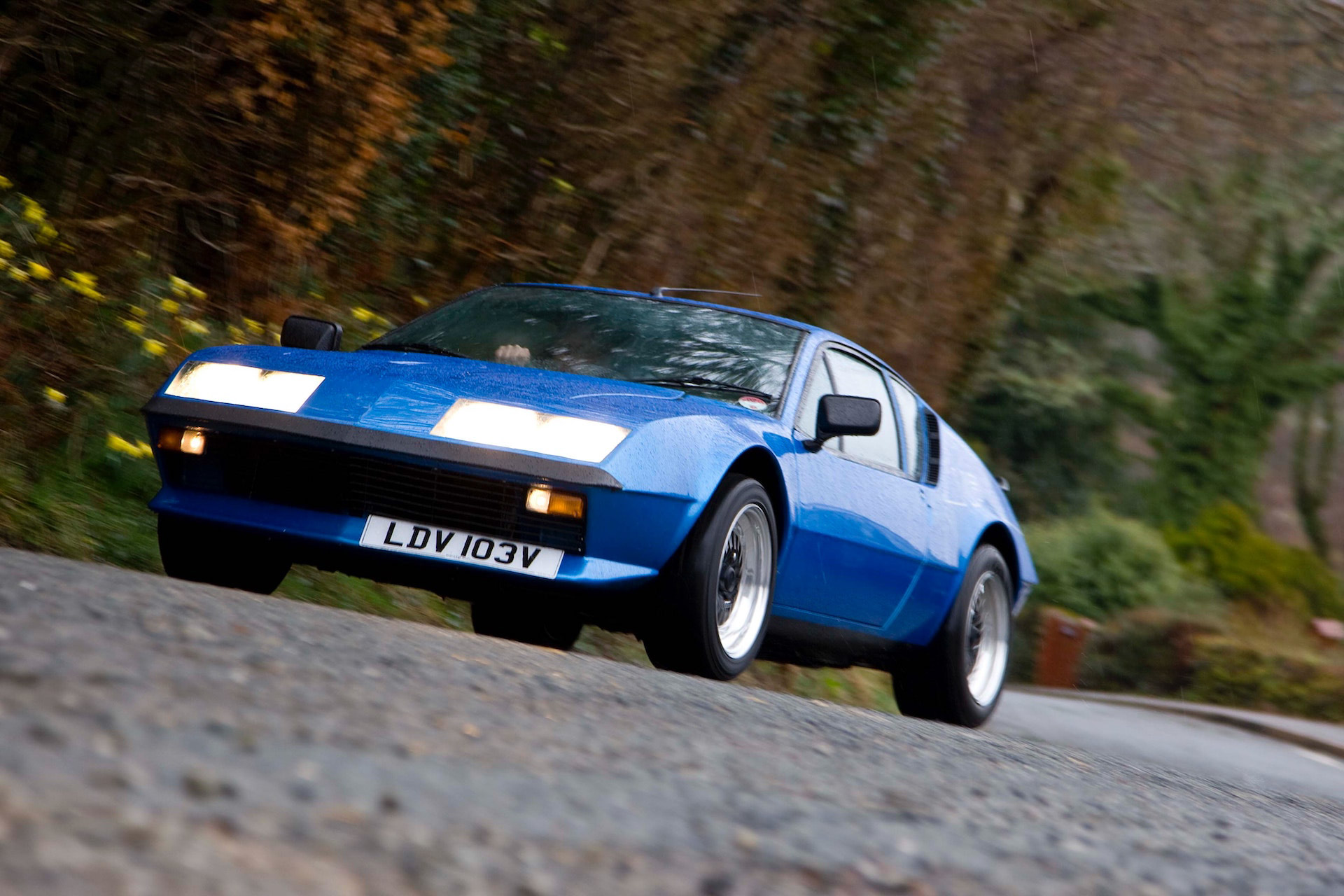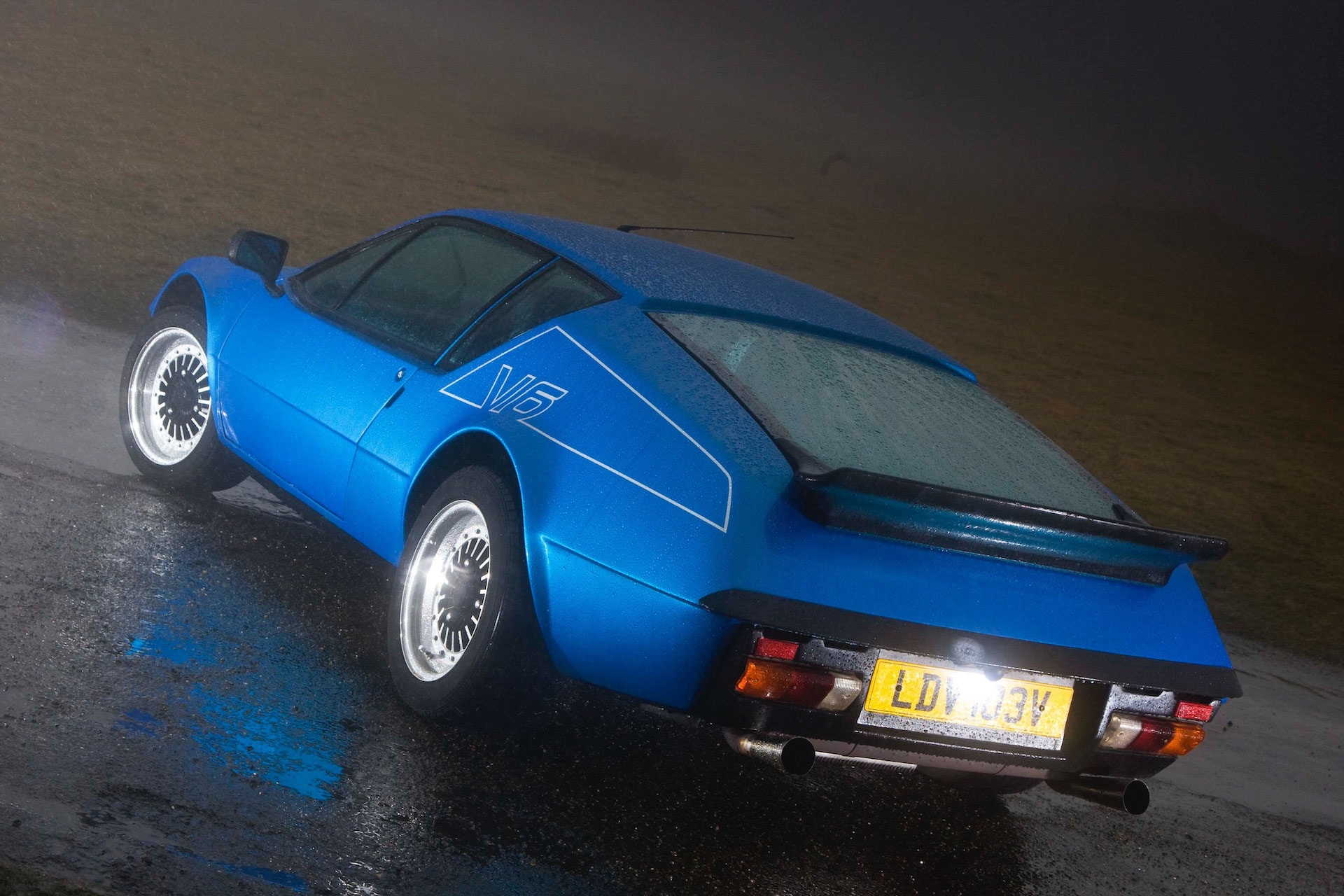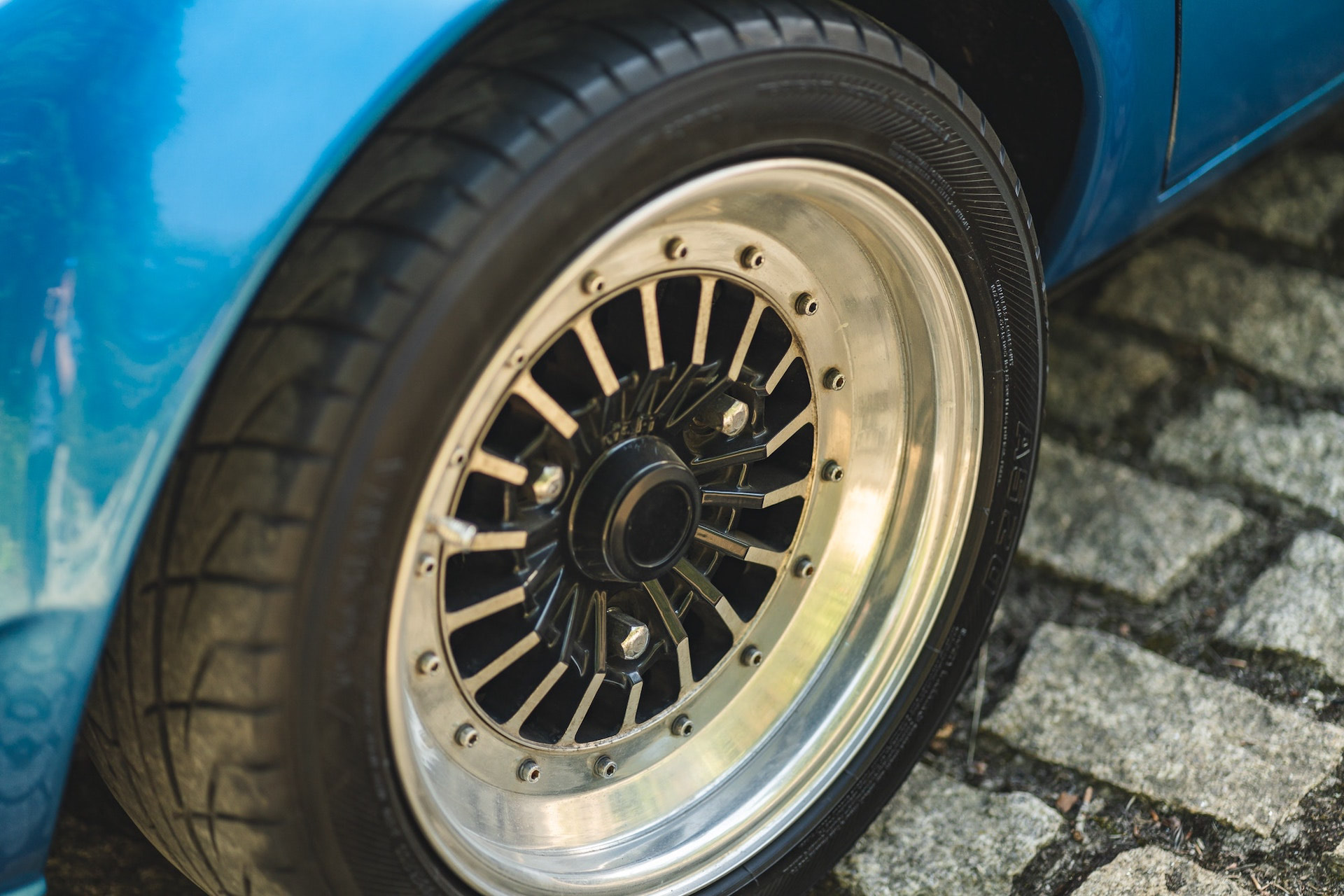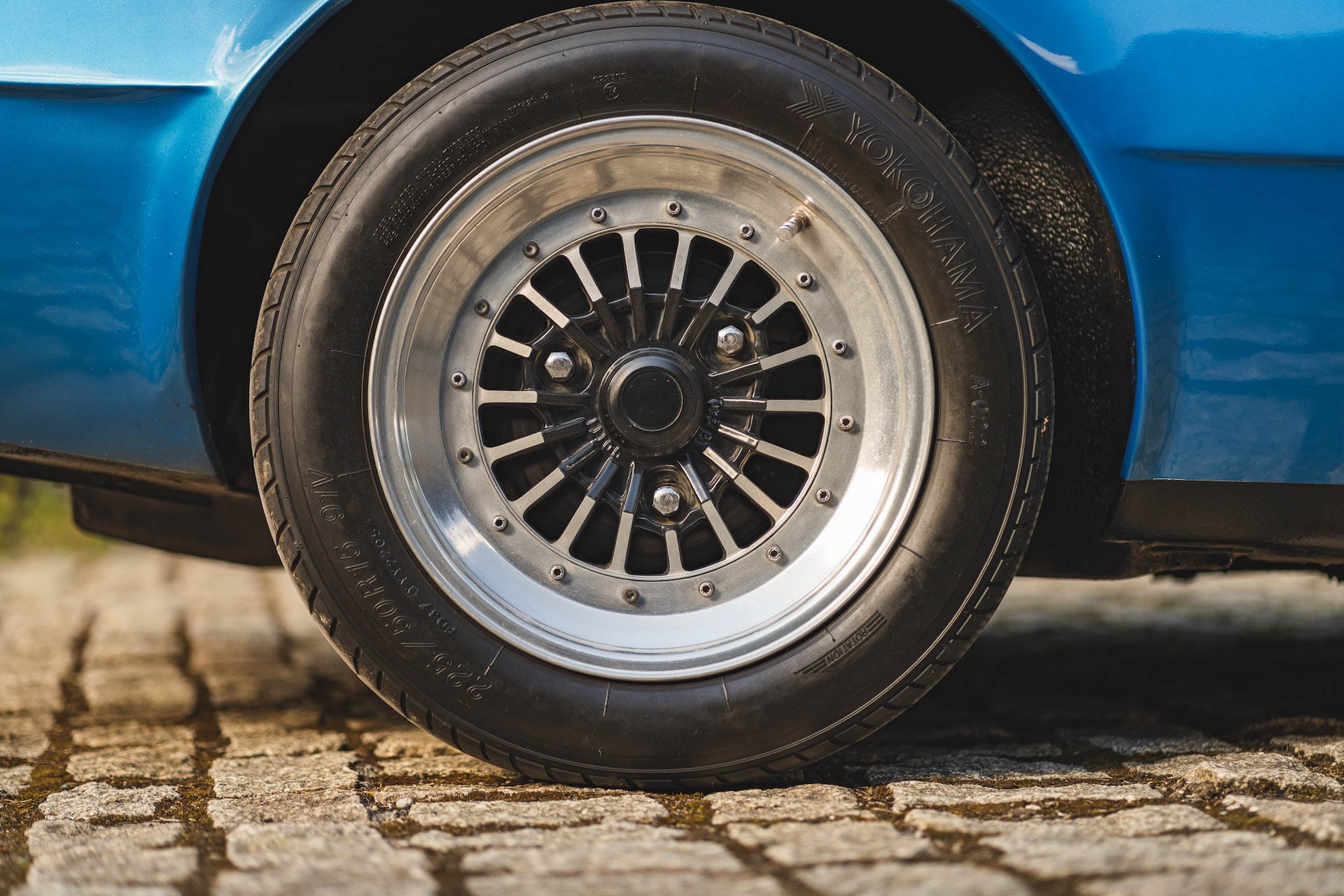In name and shape the current Alpine A110 borrows from the company’s best known car. But the original A110 from the 1960s and ’70s isn’t the firm’s only sports car worth talking about. You might have heard about the GTA and its A610 evolution that Alpine pitched as Porsche 911 rivals in the 1980s and 1990s. But sandwiched between the One-Ten and GTA, and too-often forgotten, is the A310.
Considering it made its debut at the same 1971 Geneva show that gave the world its first look at the Lamborghini Countach LP500 prototype, the A310 is probably very used to being overlooked. It didn’t help that Alpine continued to campaign its earlier A110 in international rallying after the A310’s introduction, and it was the A110, and not the new A310, that won the 1973 Monte Carlo Rally and that year’s World Rally Championship.
But the A310’s handsome wedge styling and flush headlights were a better fit for the angular fashions of the 1970s and period testers commented on the fine handling, which shouldn’t come as much of a surprise given that under the fiberglass skin it used a similar backbone chassis and rear-mounted engine to its predecessor.
Related: Alpine A110 Owner Gets Ticket For Speeding On A… Truck Bed
Unfortunately, those early cars cost as much as a Porsche 911 and weren’t as fast with only a 125 hp (127 PS) four-cylinder 1.6-liter Renault motor to push them along. The slippery aerodynamics gave a decent 128 mph (206 km/h) top speed, but zero to 60 mph (96 km/h) in 8.6 seconds wasn’t going to set any speed, or sales, records.
For 1976 though, the A310 got serious about taking on the 911. Robert Opron, the French designer responsible for stunners like the Citroën GS, SM and CX, was drafted in to tweak the styling, and Alpine’s engineers, now working for Renault following Alpine’s take-over, dropped in a new 2.7-liter PRV V6, the result of a joint project by Peugeot, Renault and Citroën, whose initials gave the 90-degree motor its name.
Power increased to 148 hp (150 PS) and torque did even better out of the deal, jumping from 98 lb-ft (133 Nm) to 150 lb-ft (203 Nm). The run to 62 mph now took 7.2 seconds and the top speed grew to around 135 mph (217 km/h), which was good enough to put it level with an entry-level 911 from the mid-1970s that offered the same capacity and power.
Sales apparently increased as a result of the changes, but these cars are still relatively rare today. The example pictured here was bought as a barn-find in Germany in 2004 and then treated to a ground-up restoration in the UK where the Alpine Owners Club estimates it’s one of only 20 left on the road. It’s now up for sale on the Collecting Cars auction website.
It’s hard work out whether our favorite feature is the giant V6 graphic on each rear fender set against the Electric Blue paint, the re-upholstered tombstone seats or the 15-inch split rim wheels with their quirky three-lug centers. But it might just be that whatever this cool slice of French sports car history sells for it’s going to be tens of thousands less than you’d pay for a same-vintage Porsche 911.




